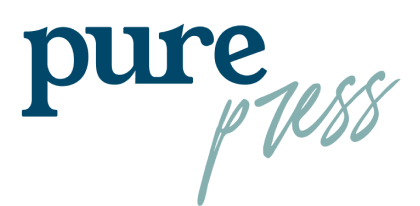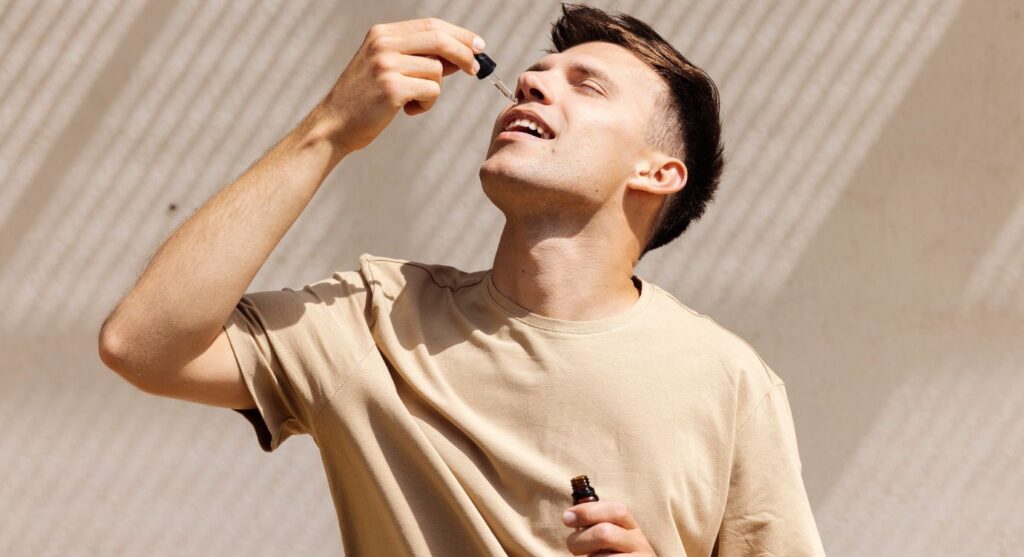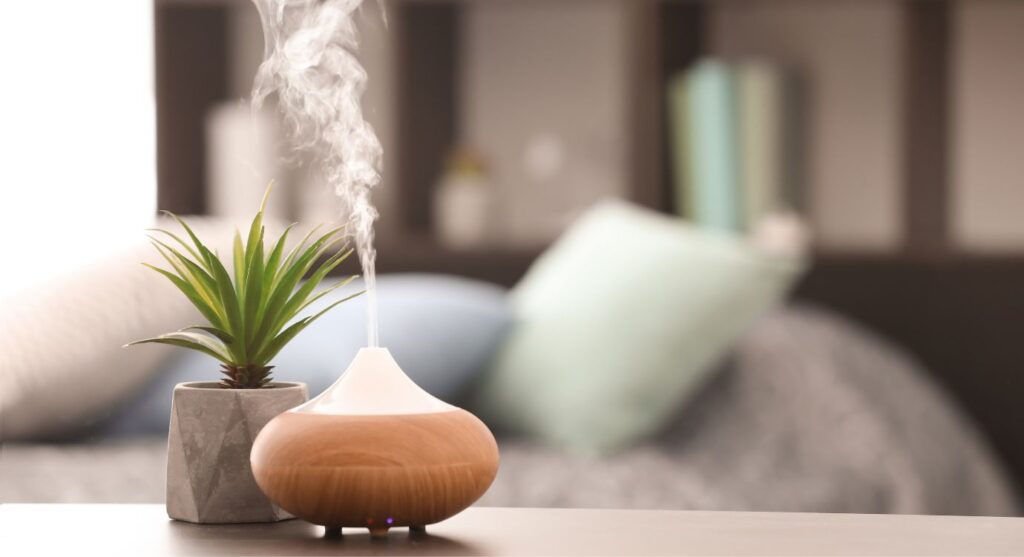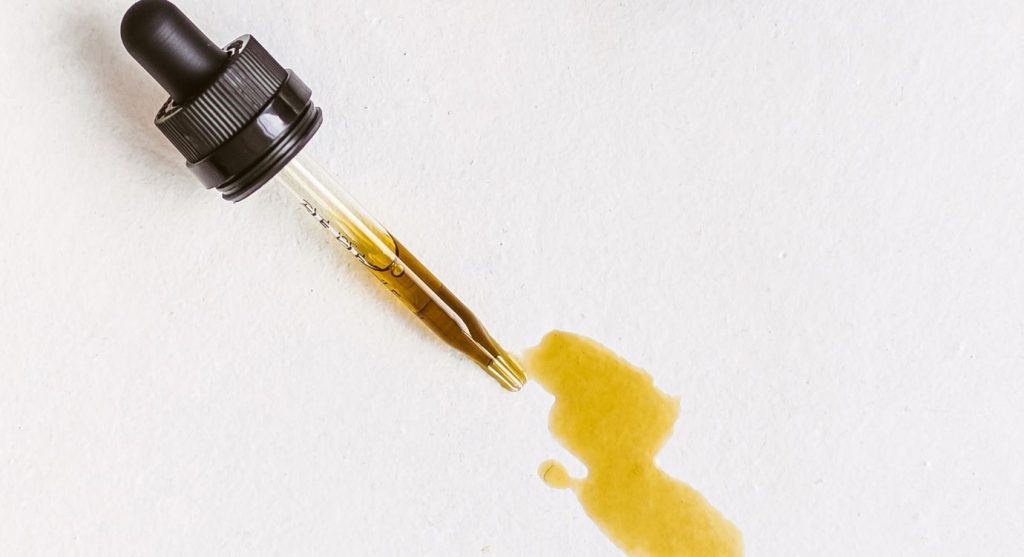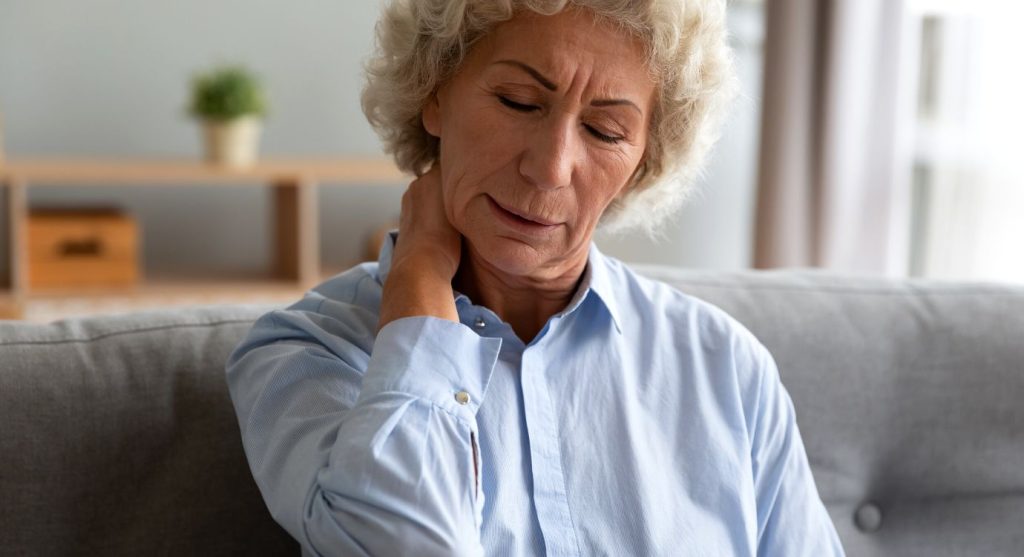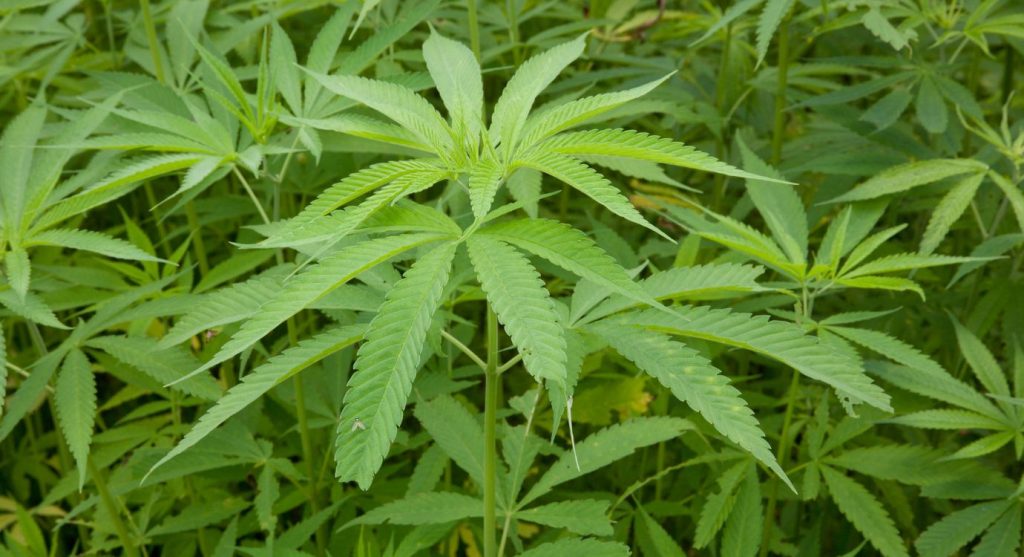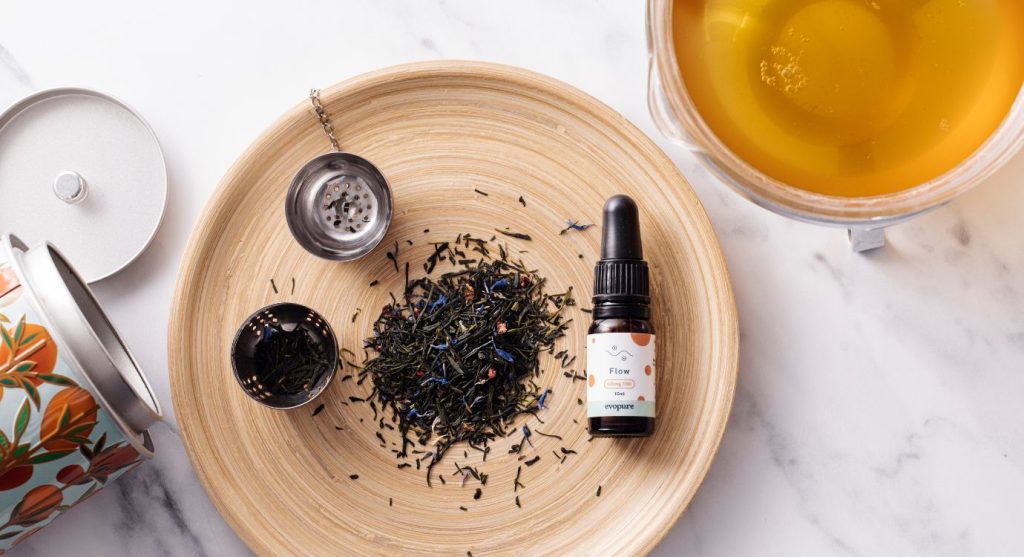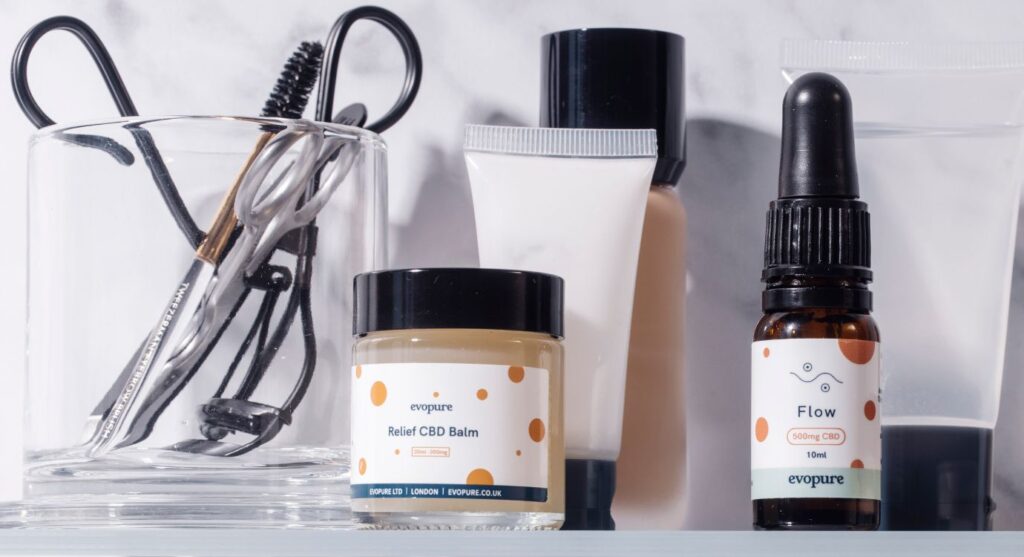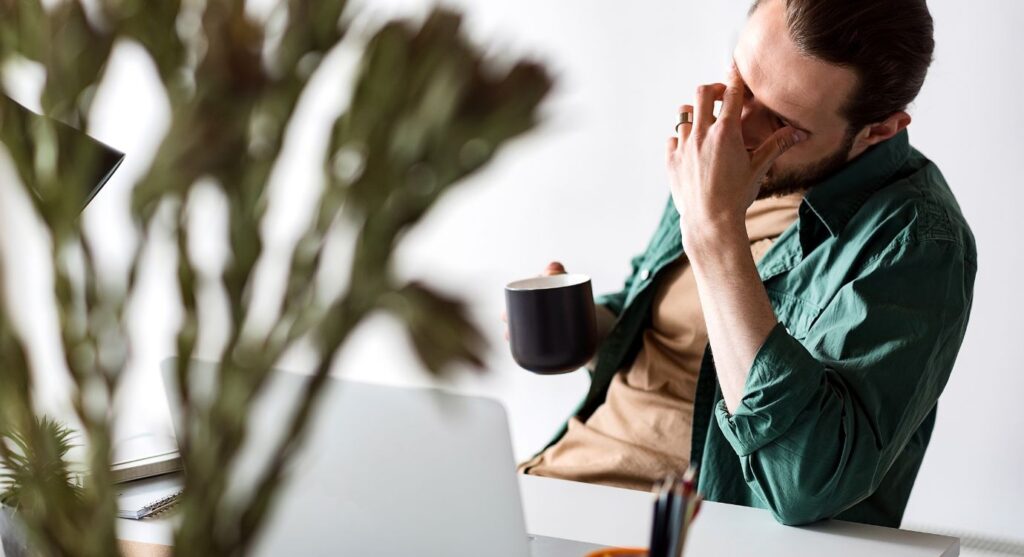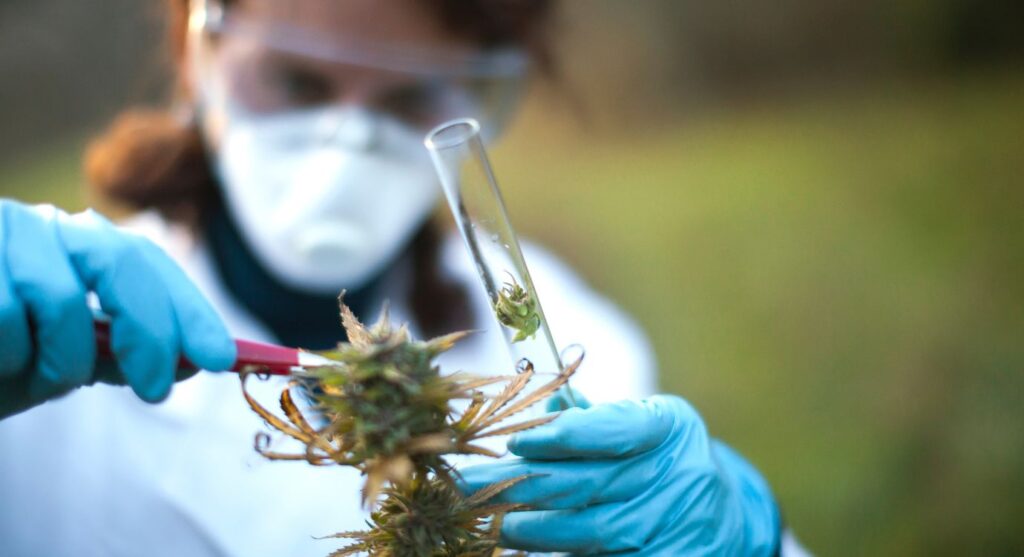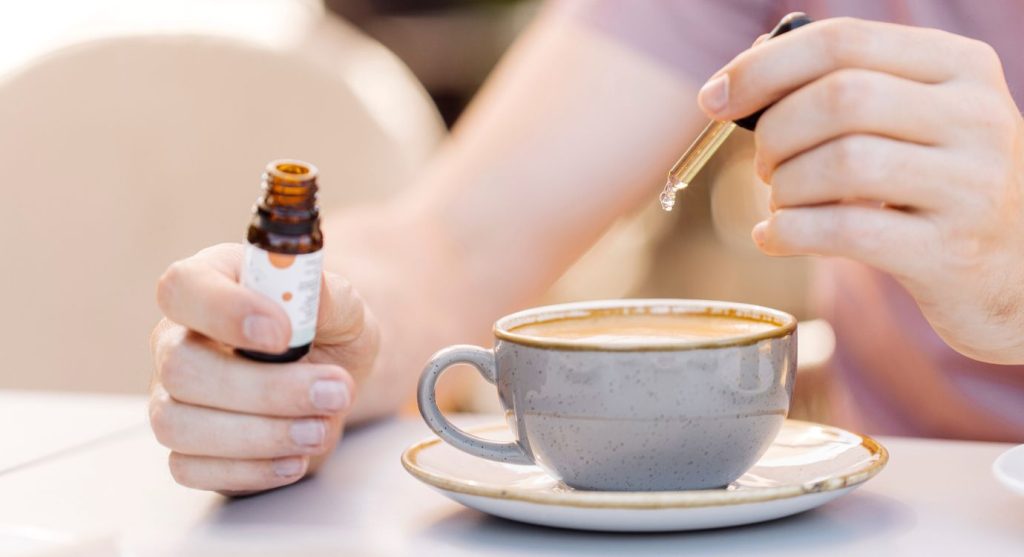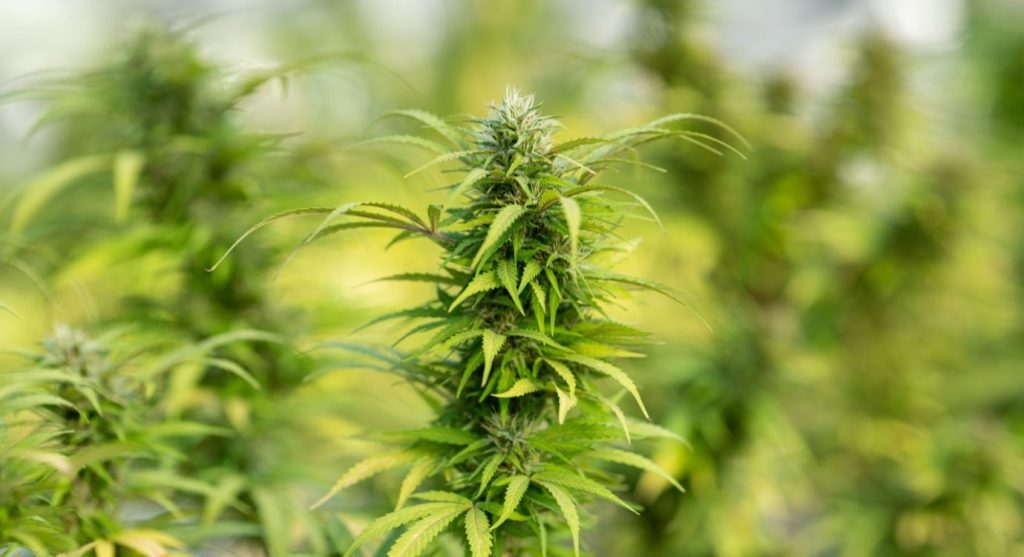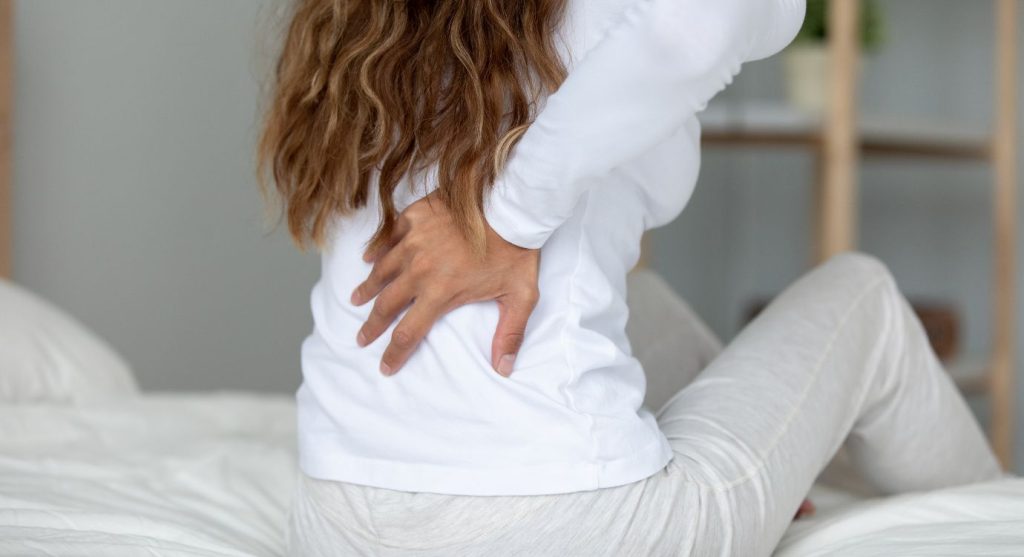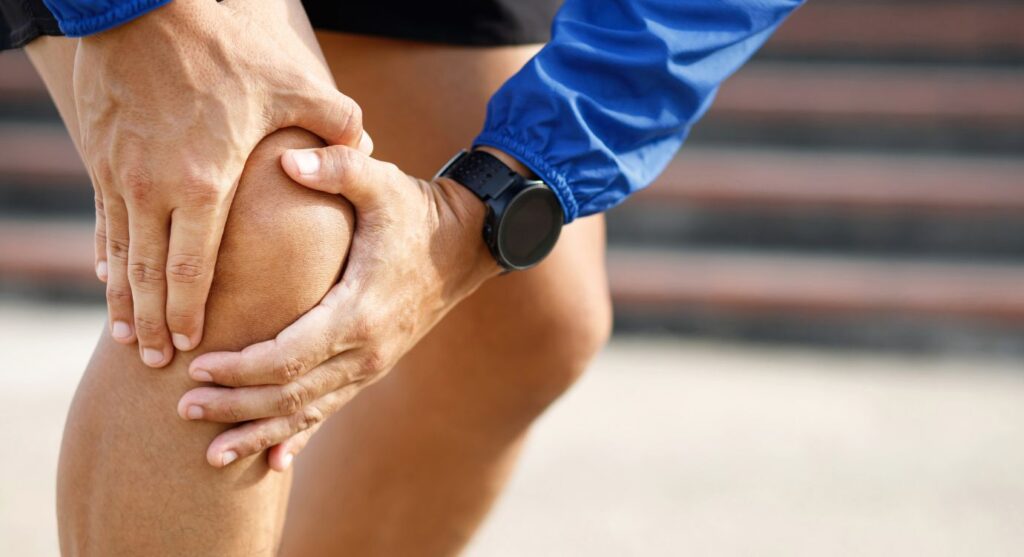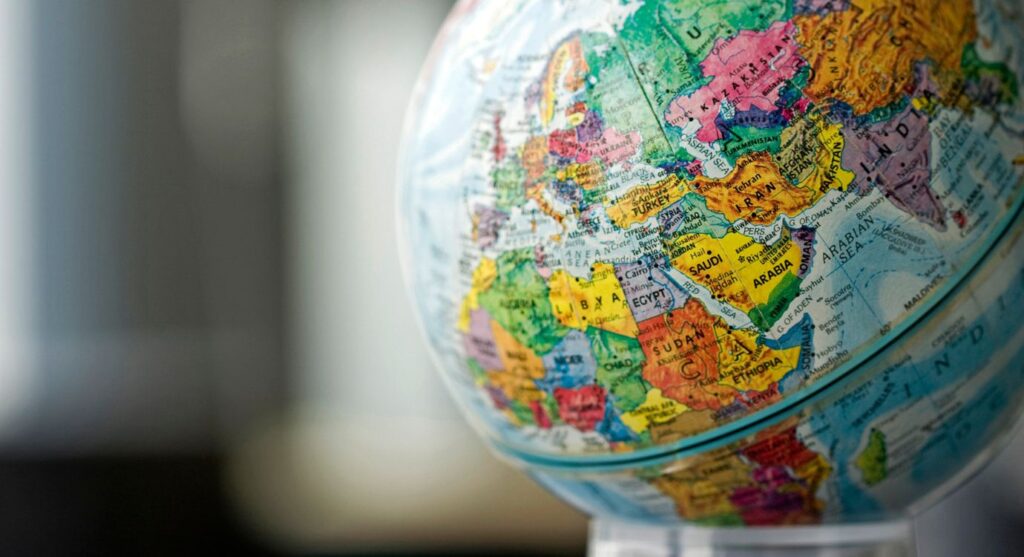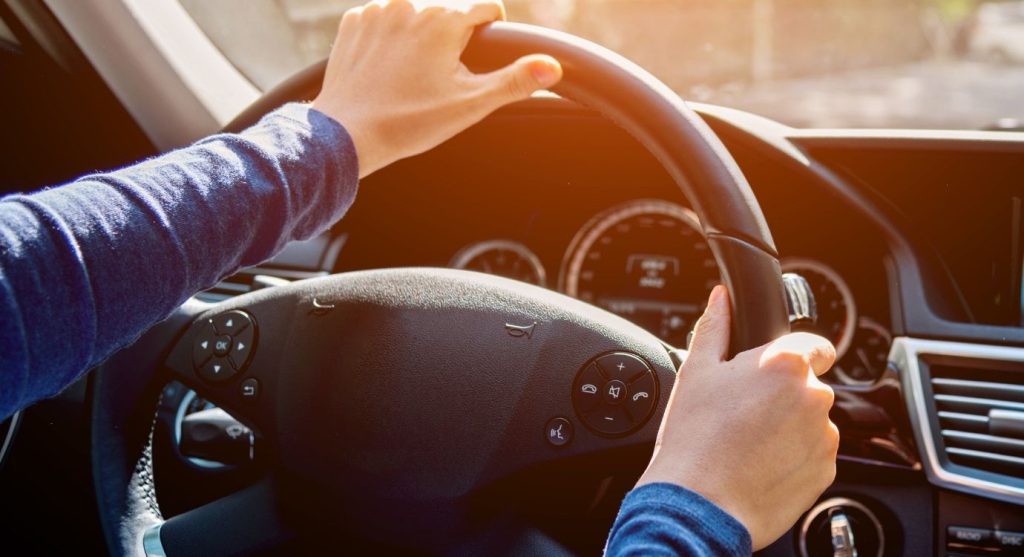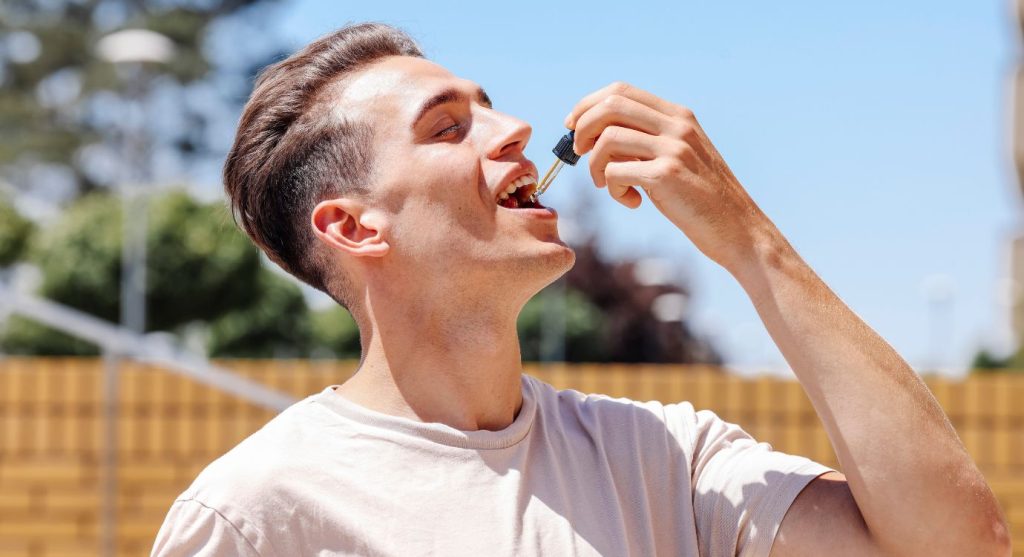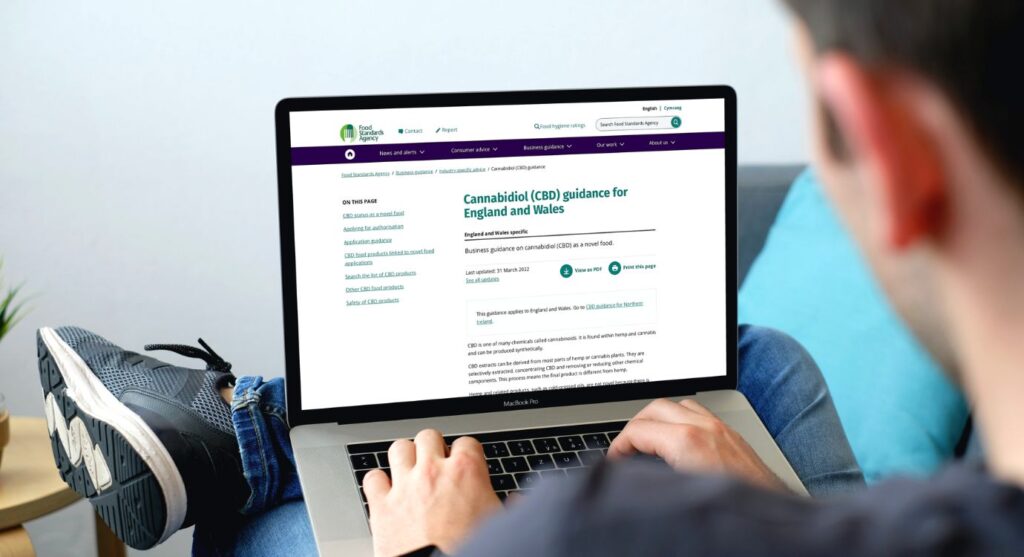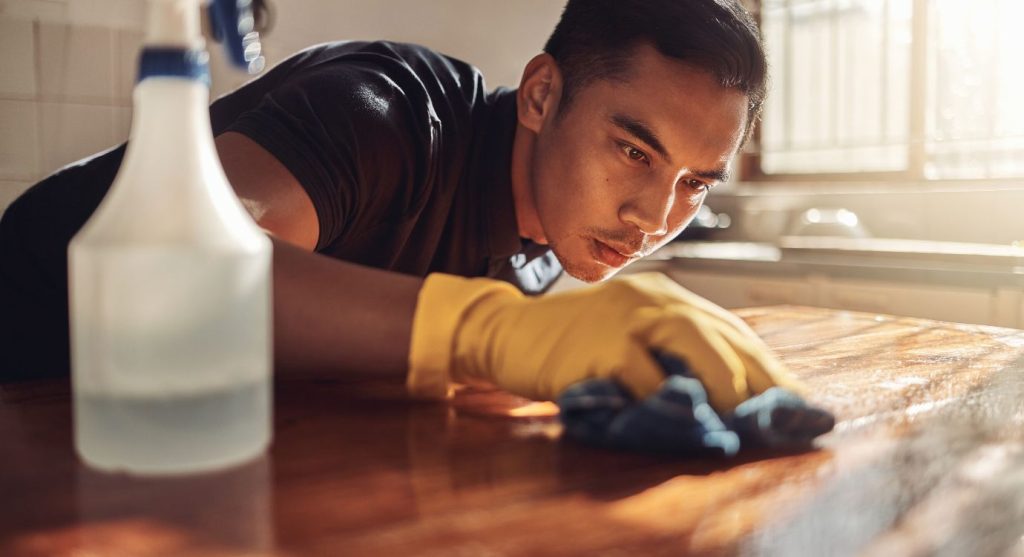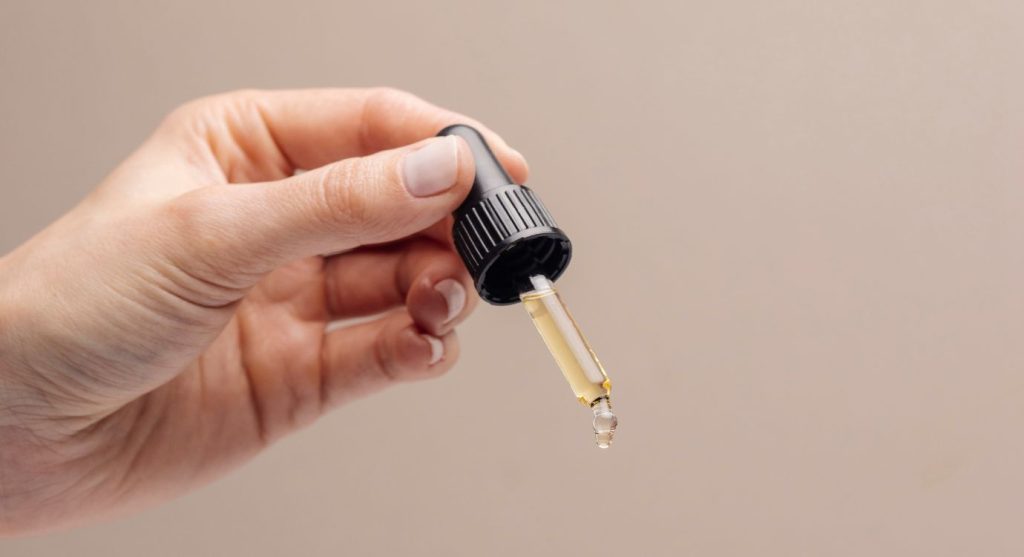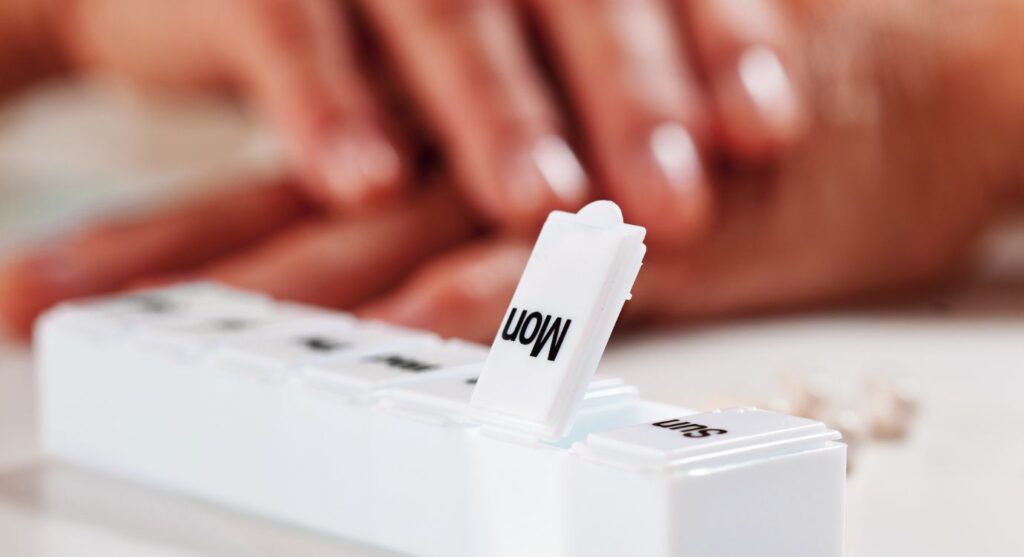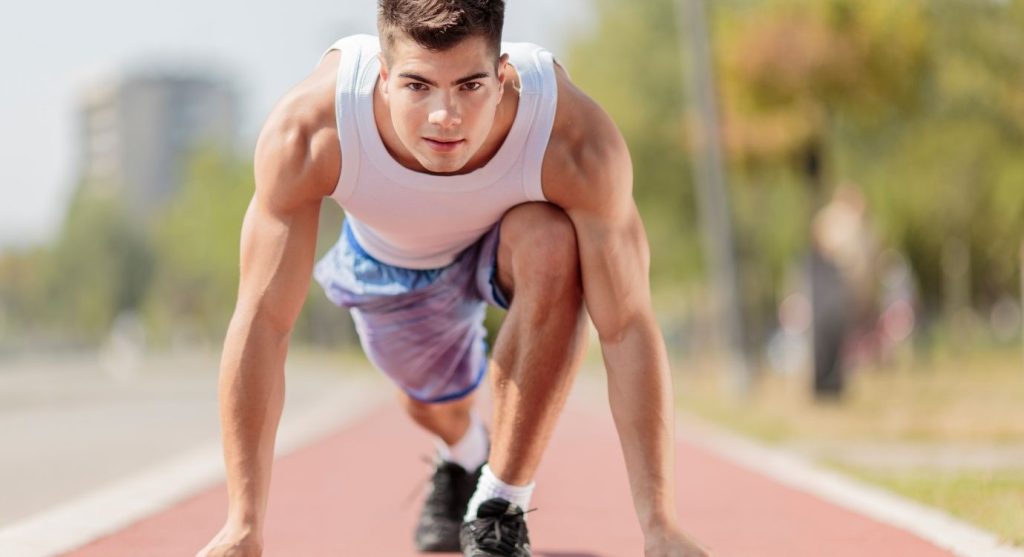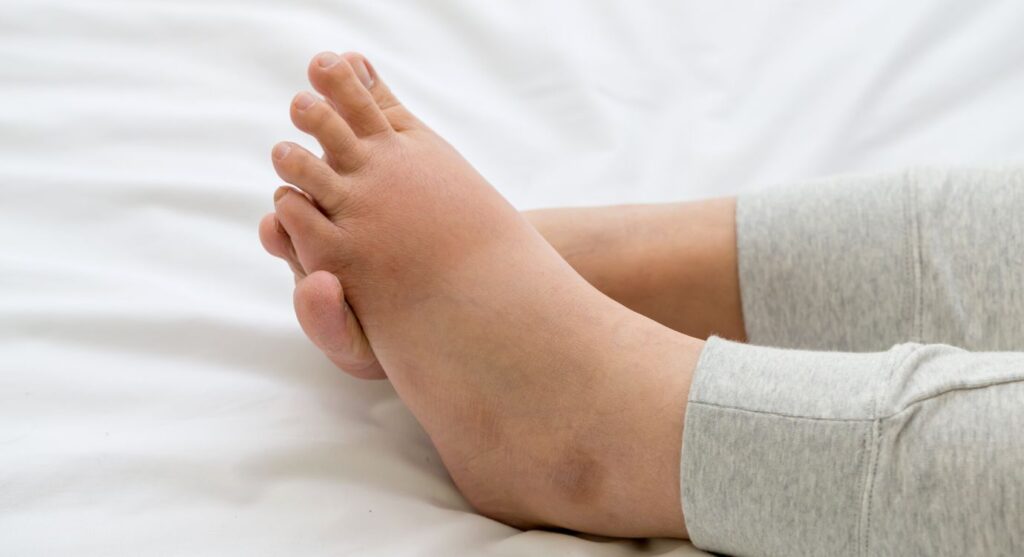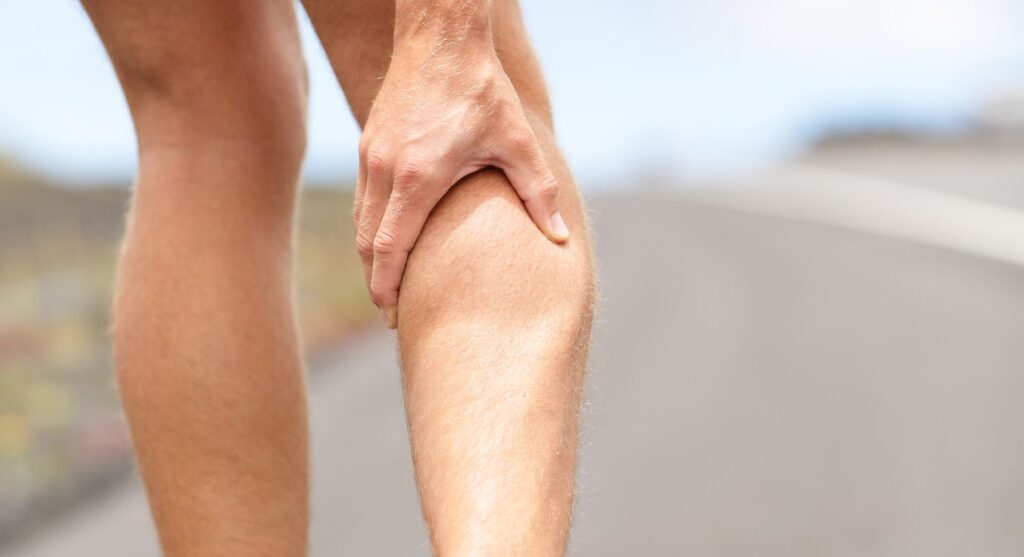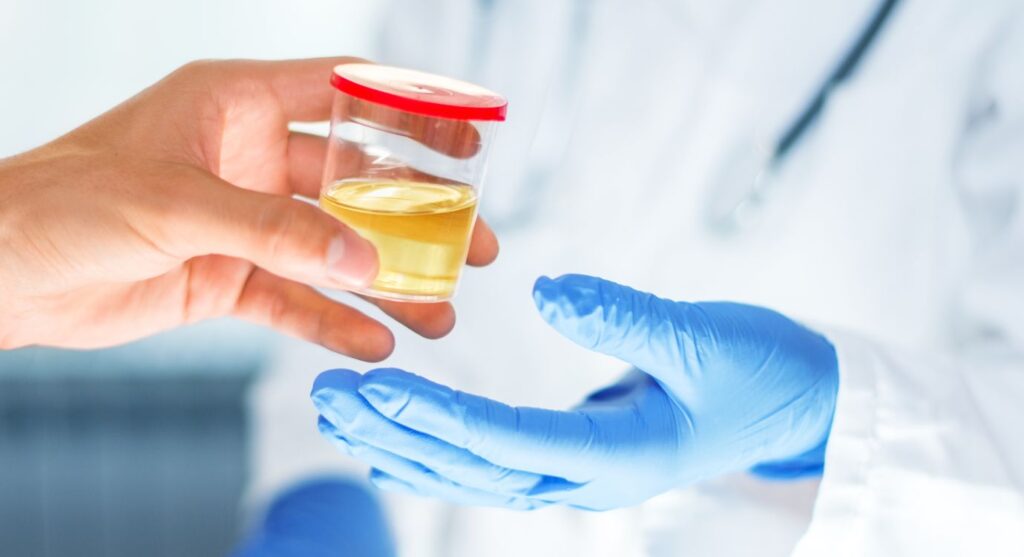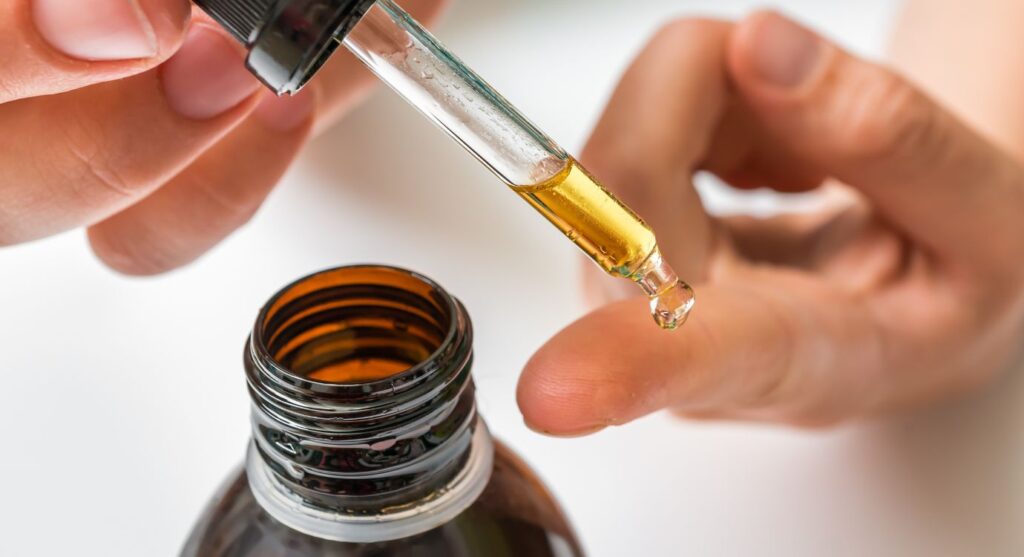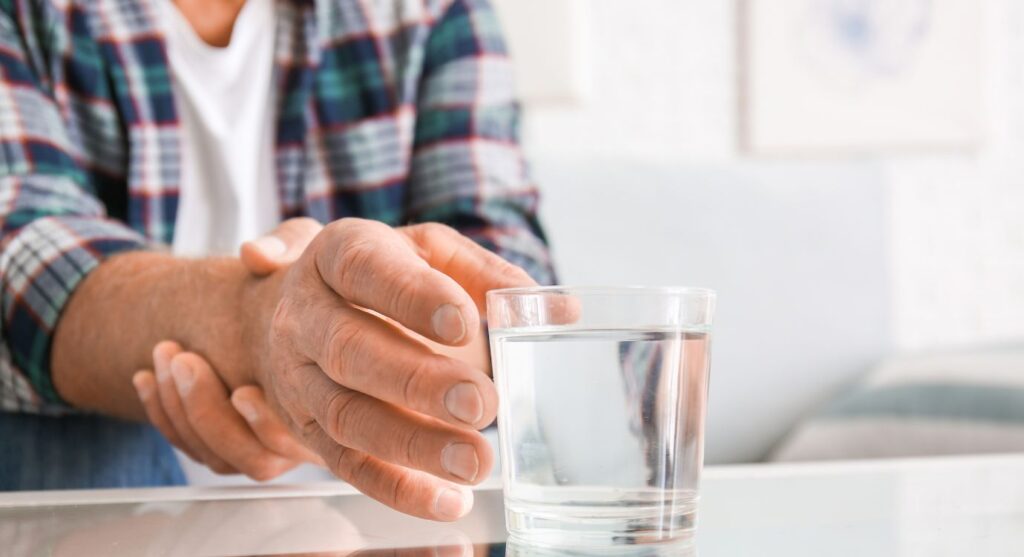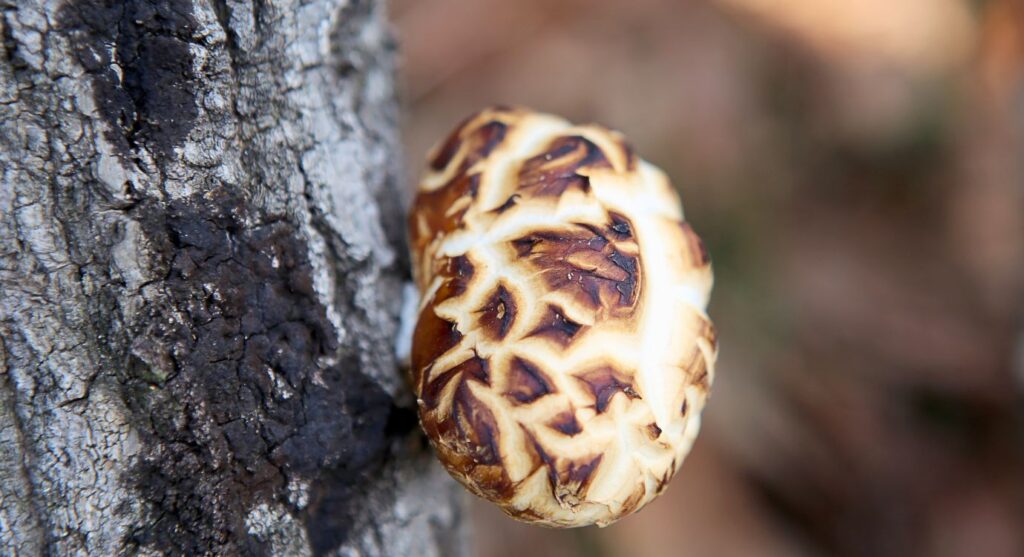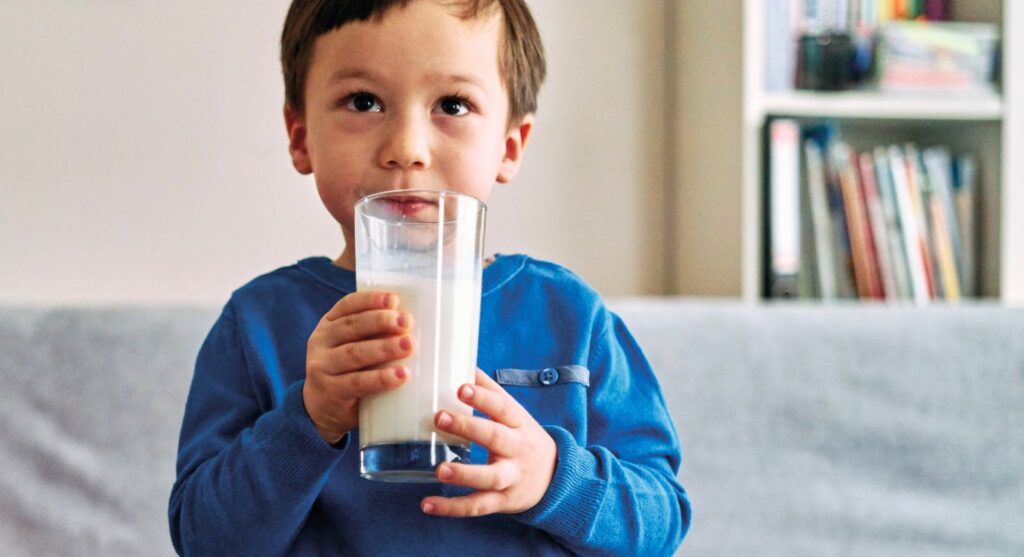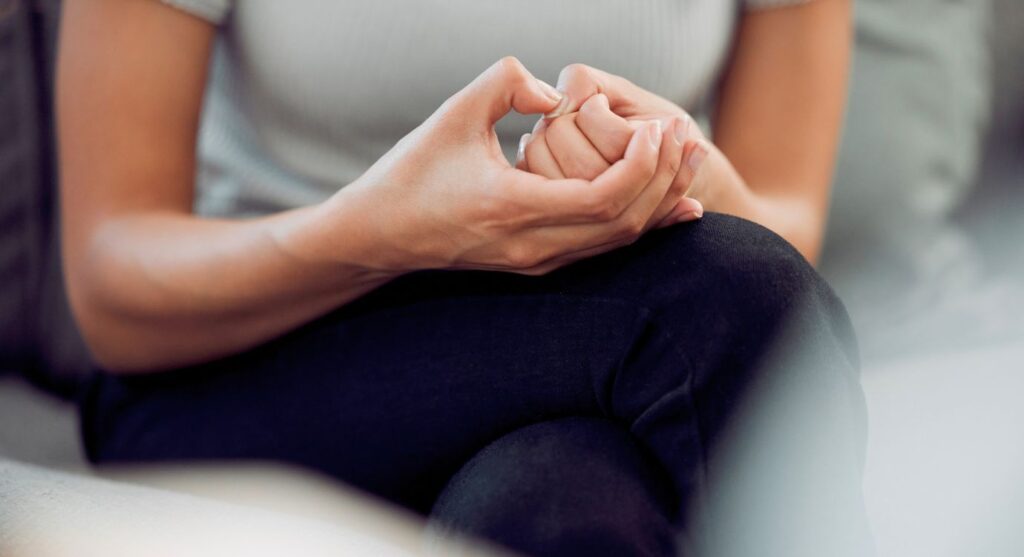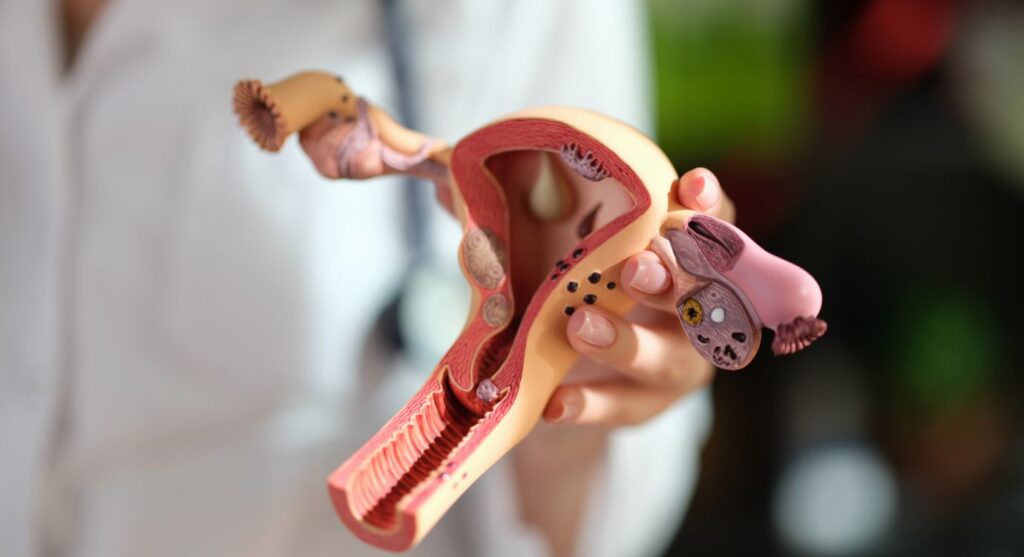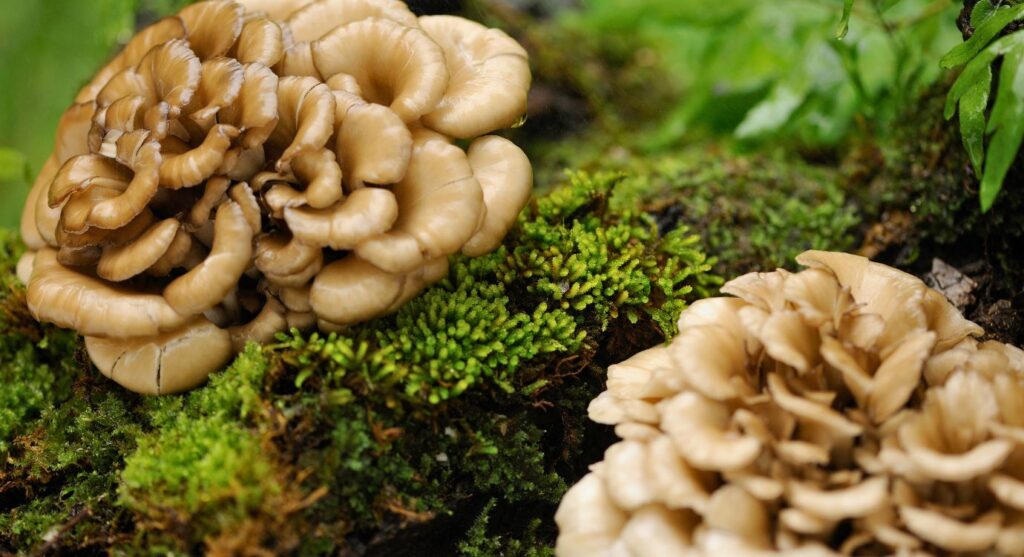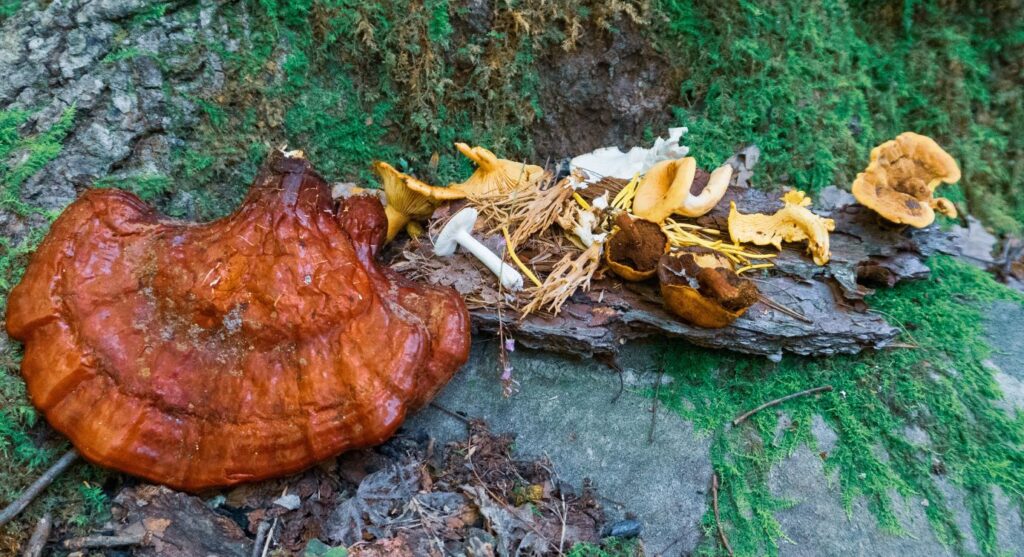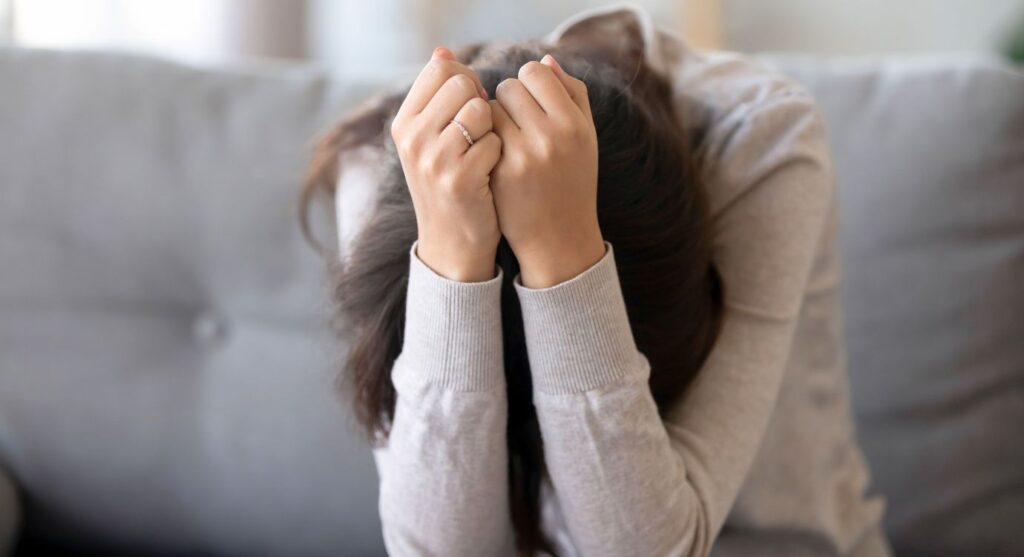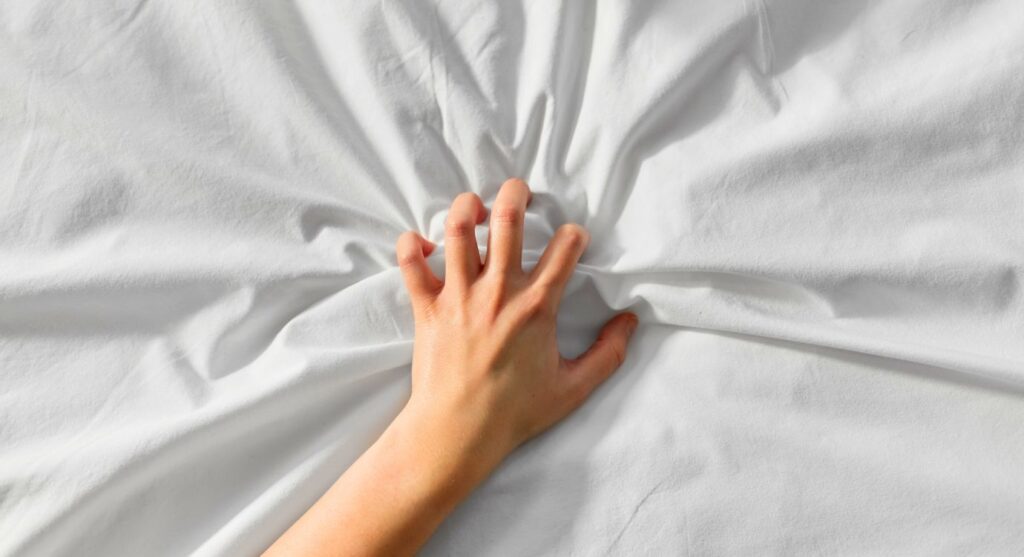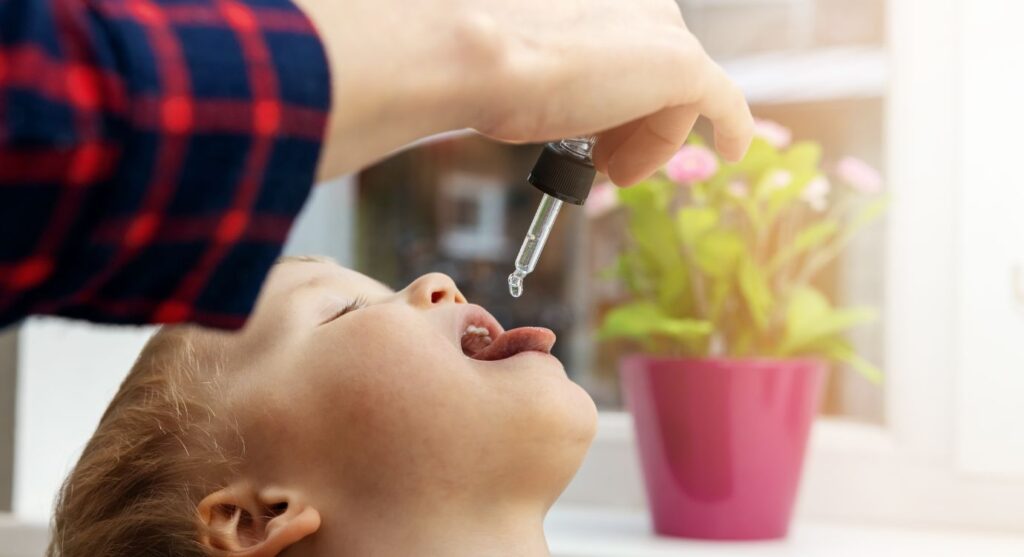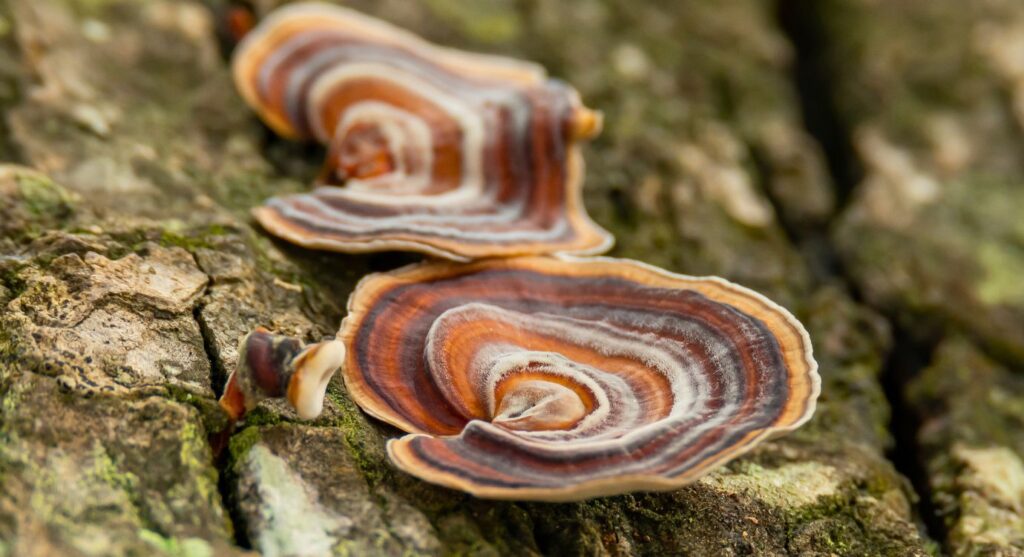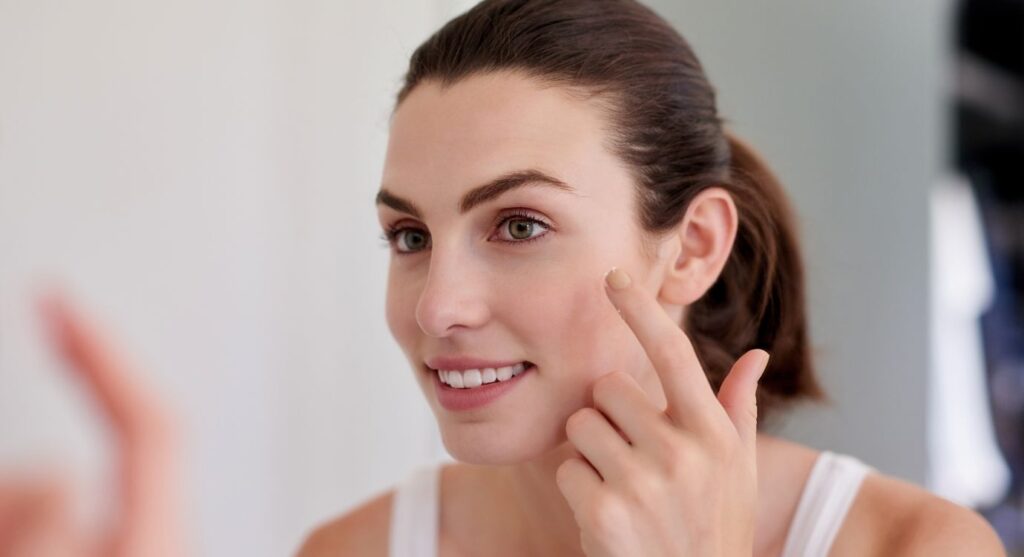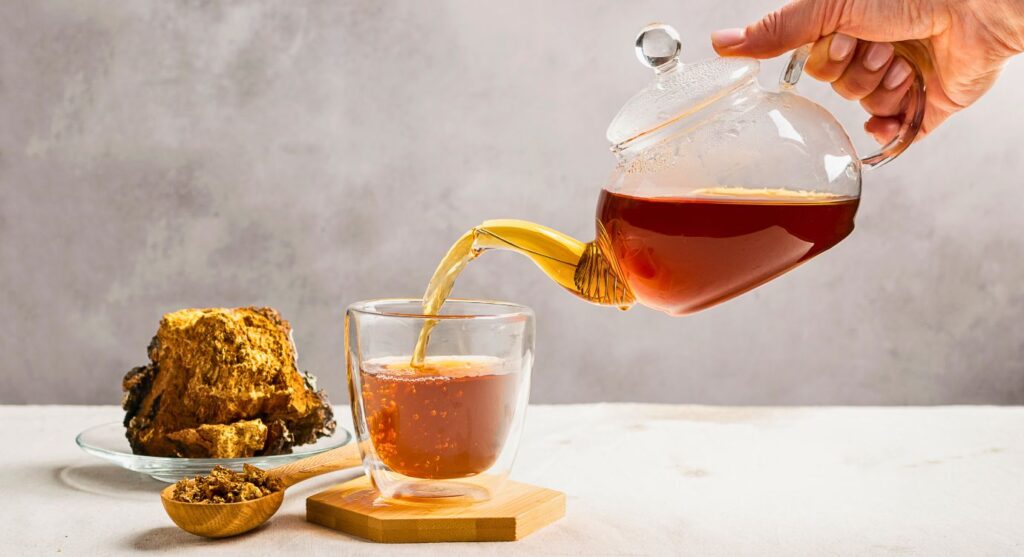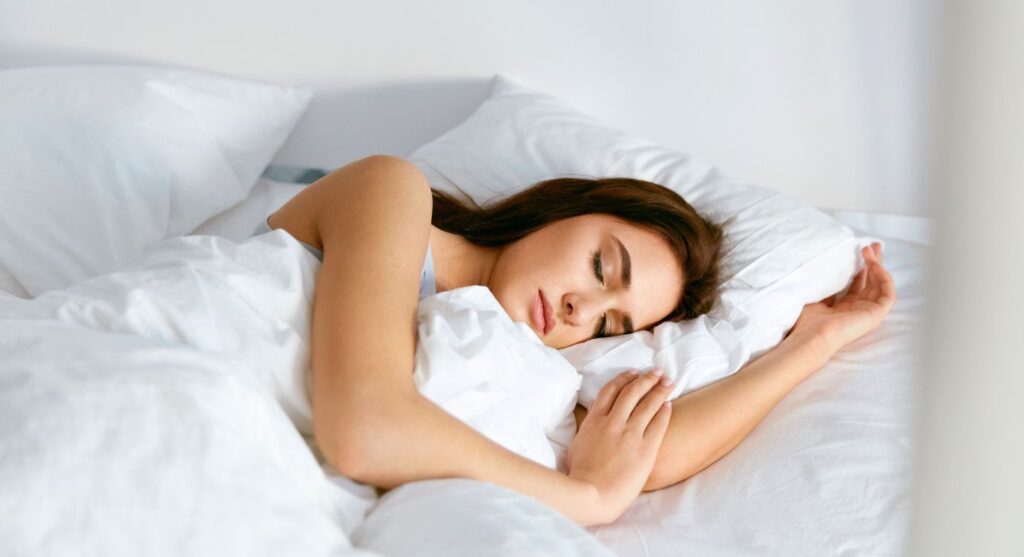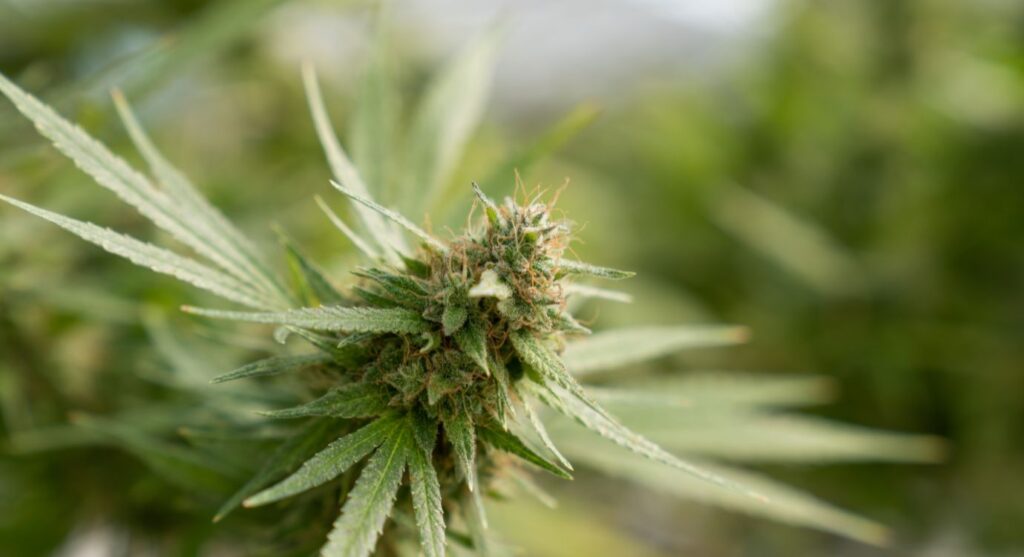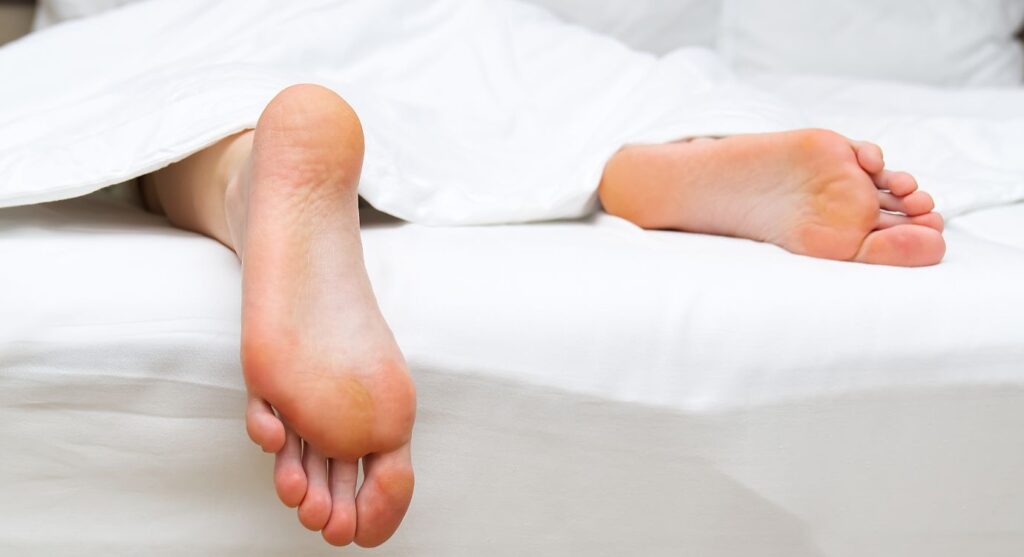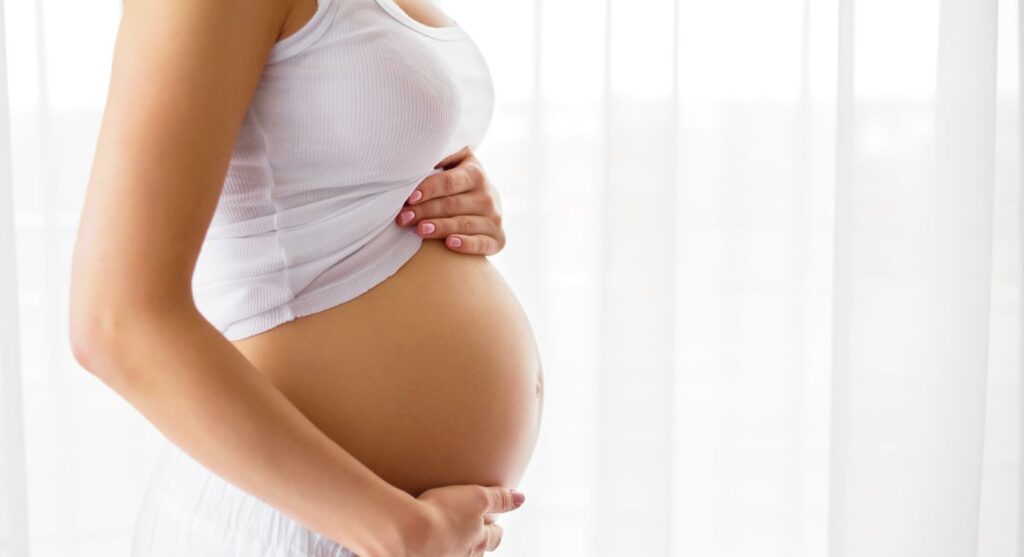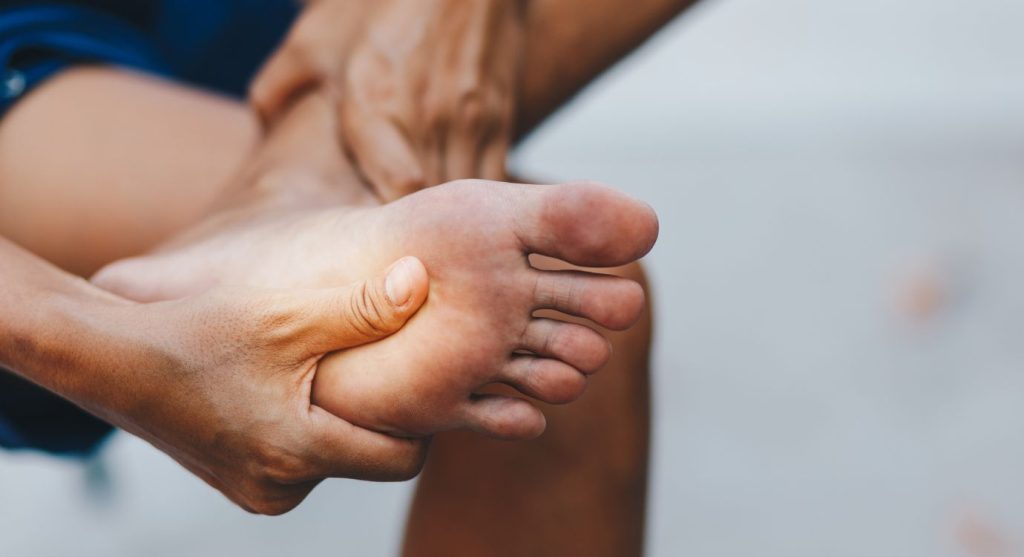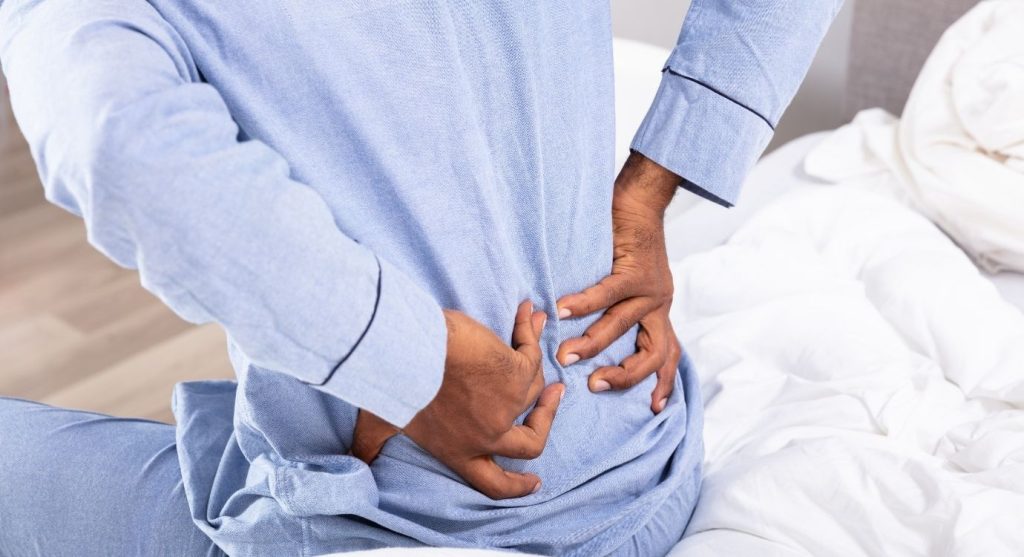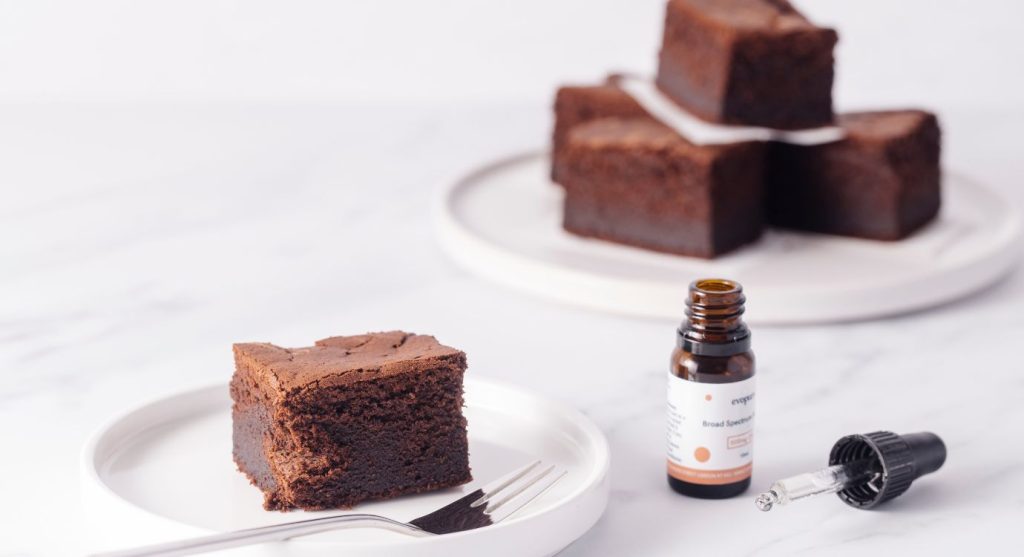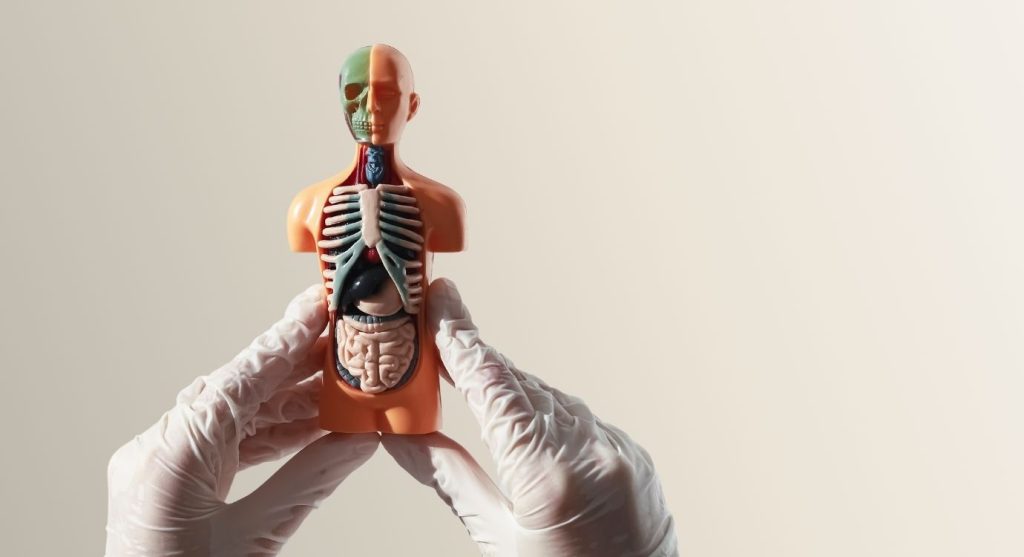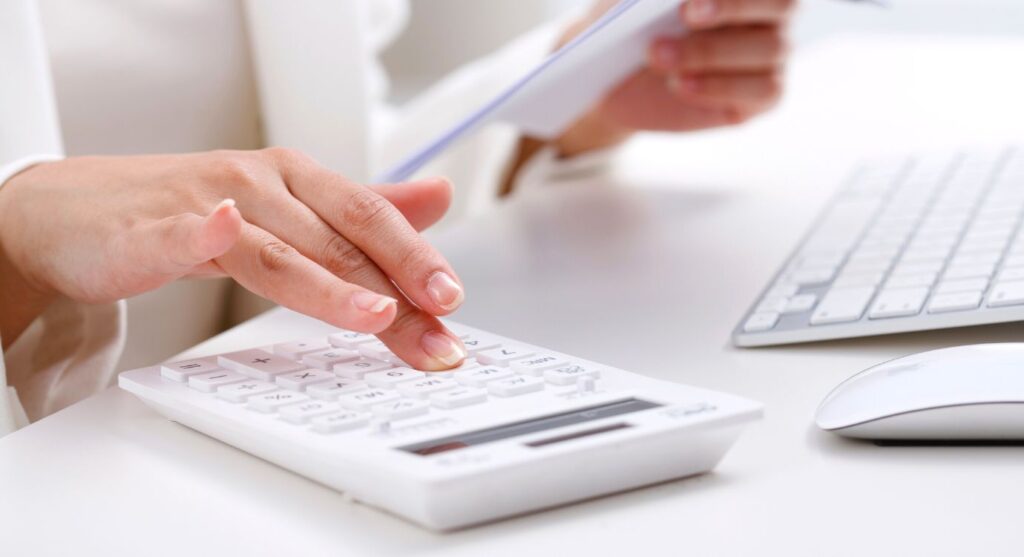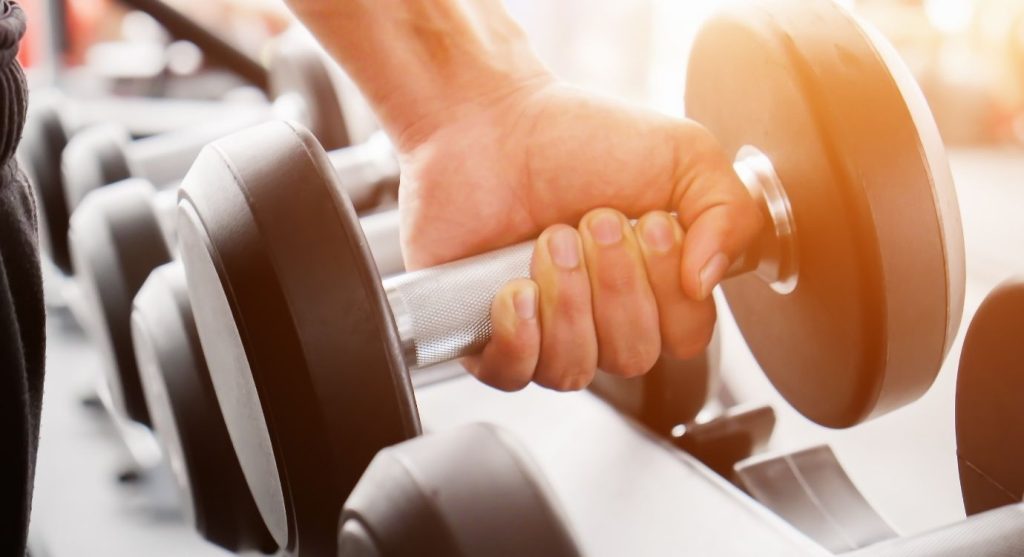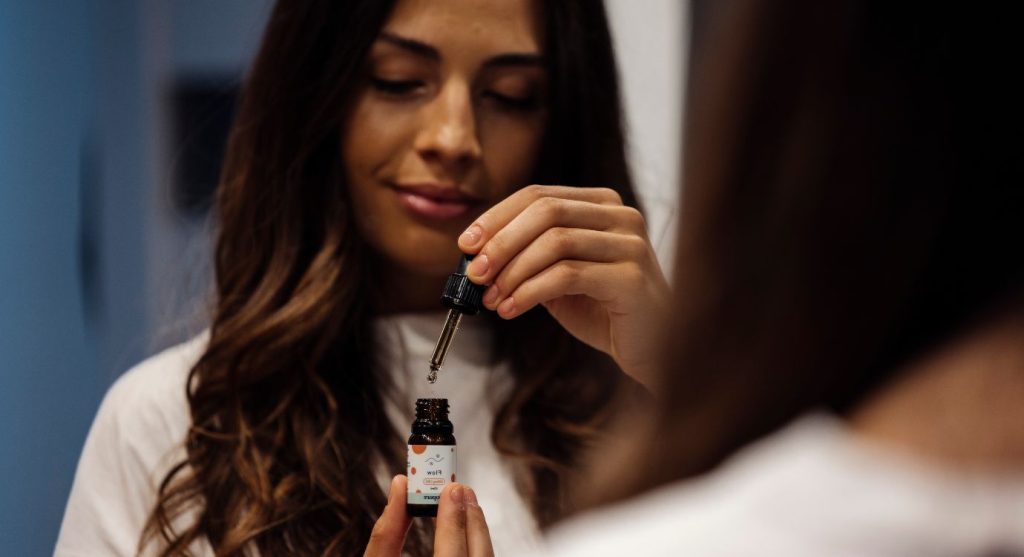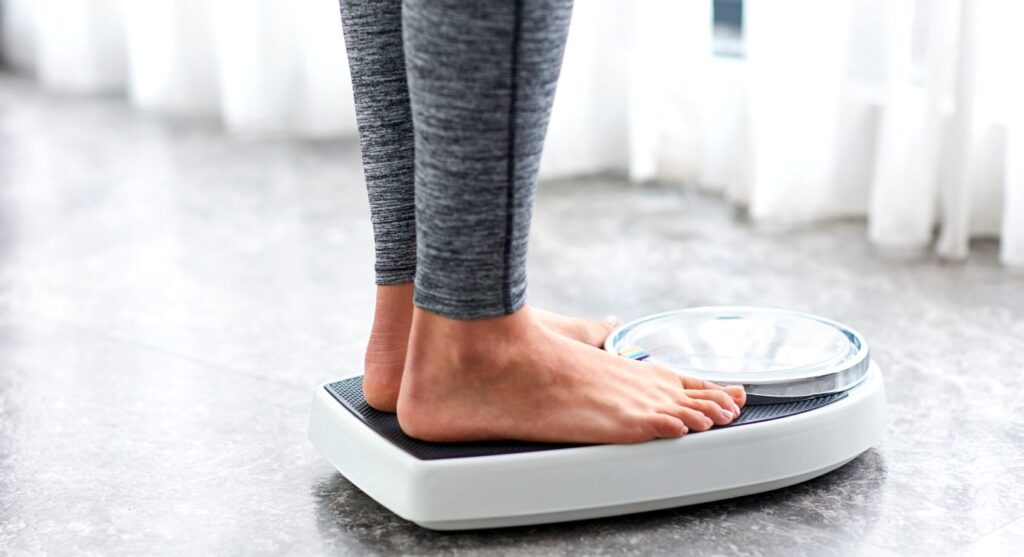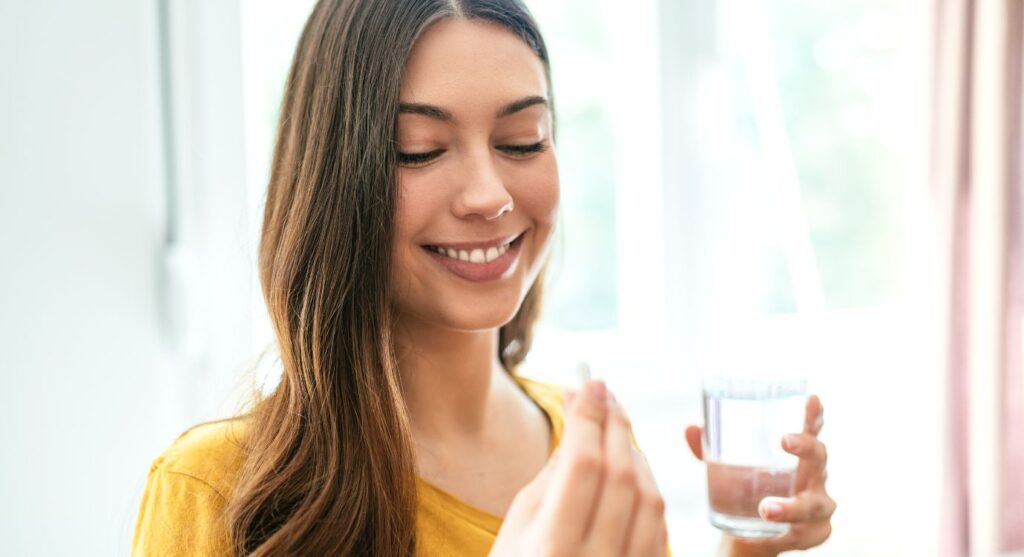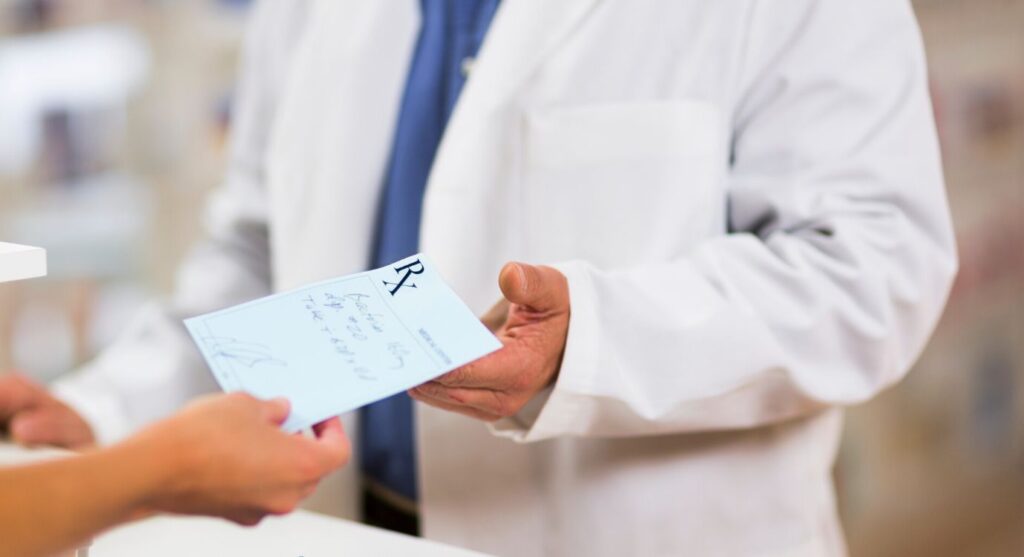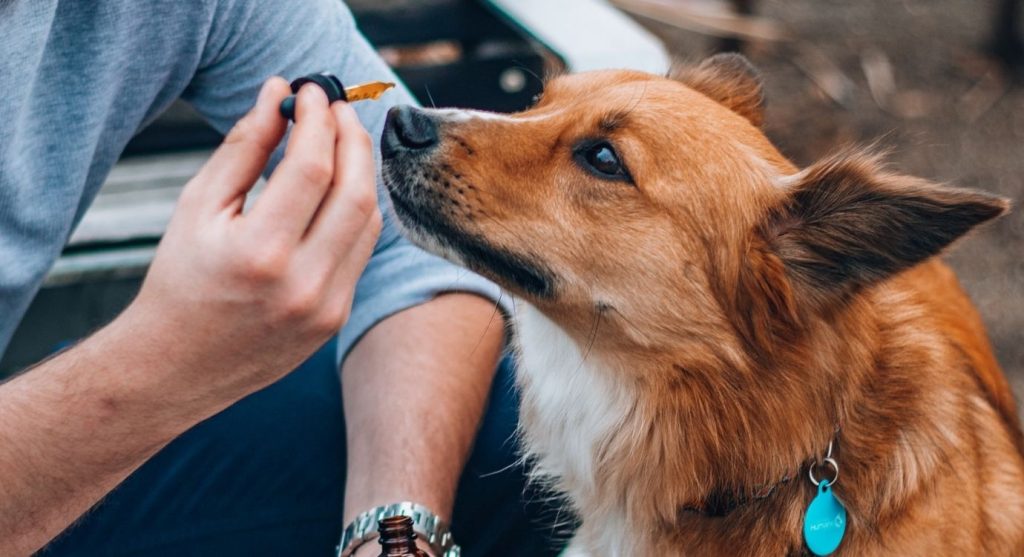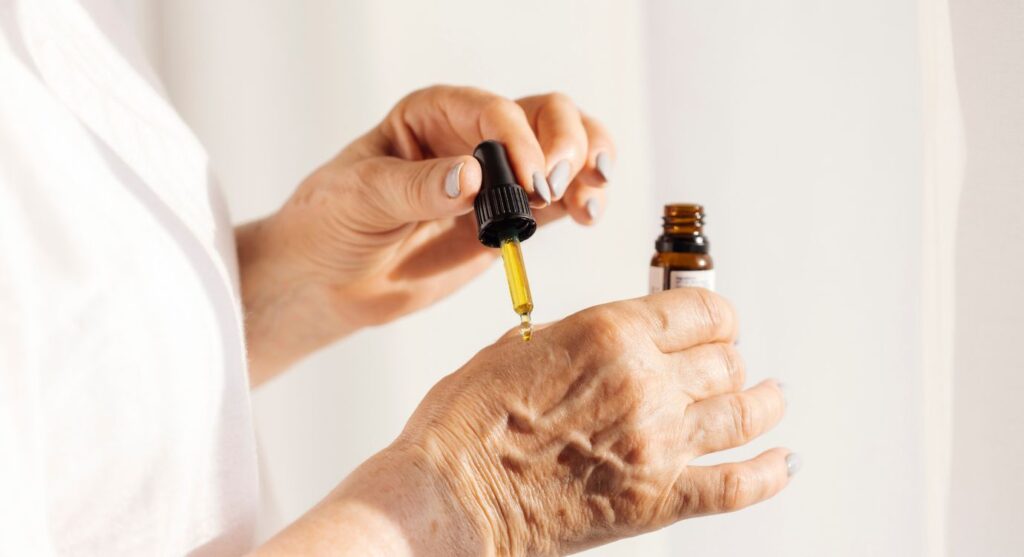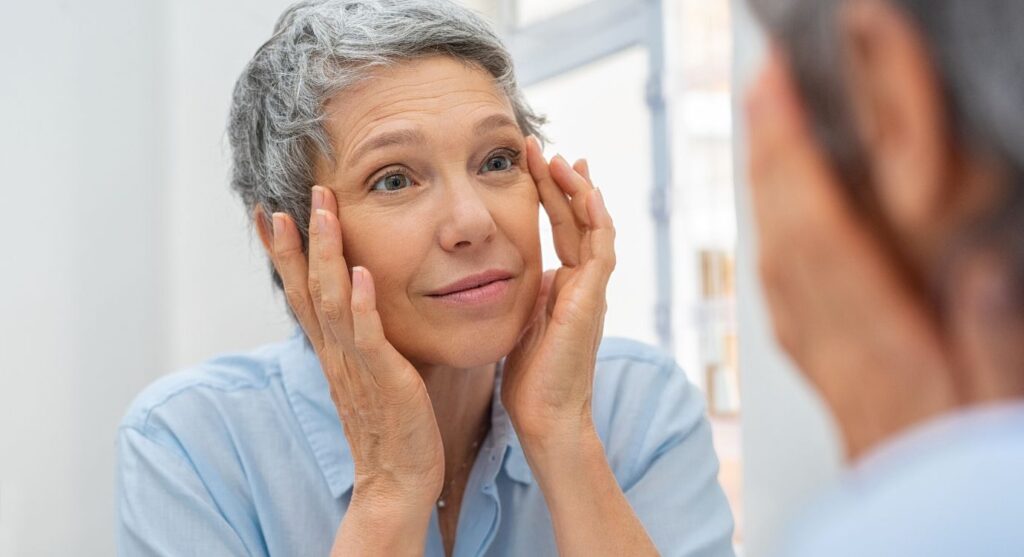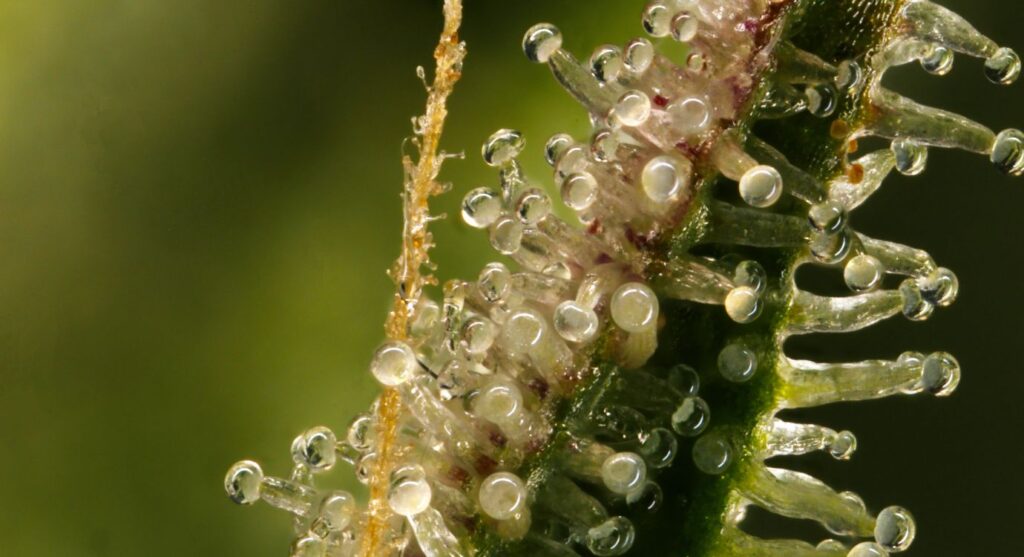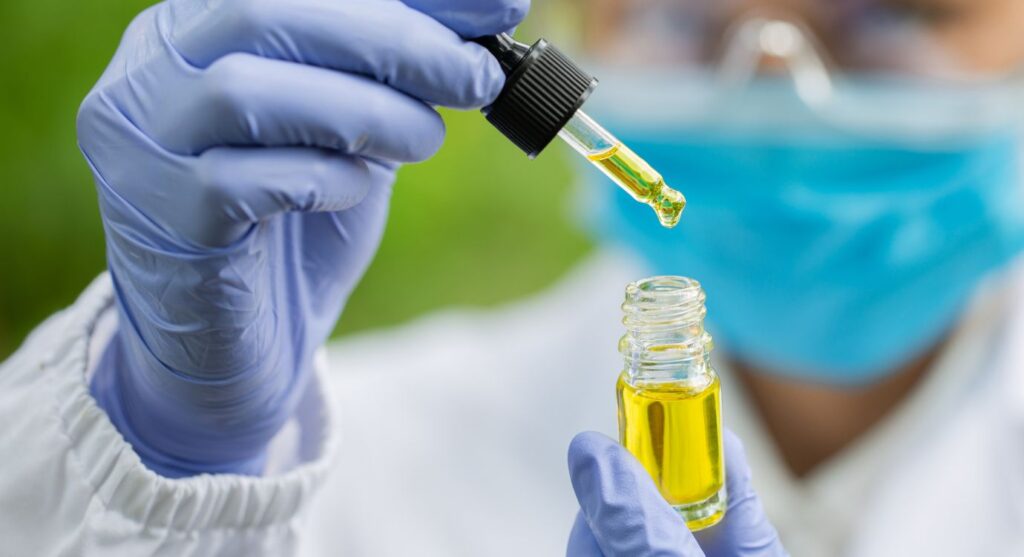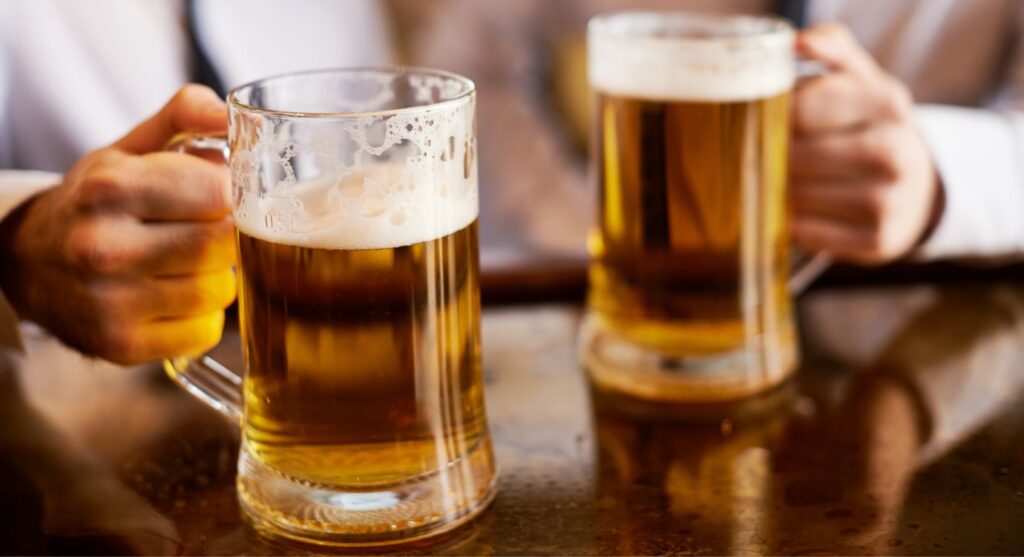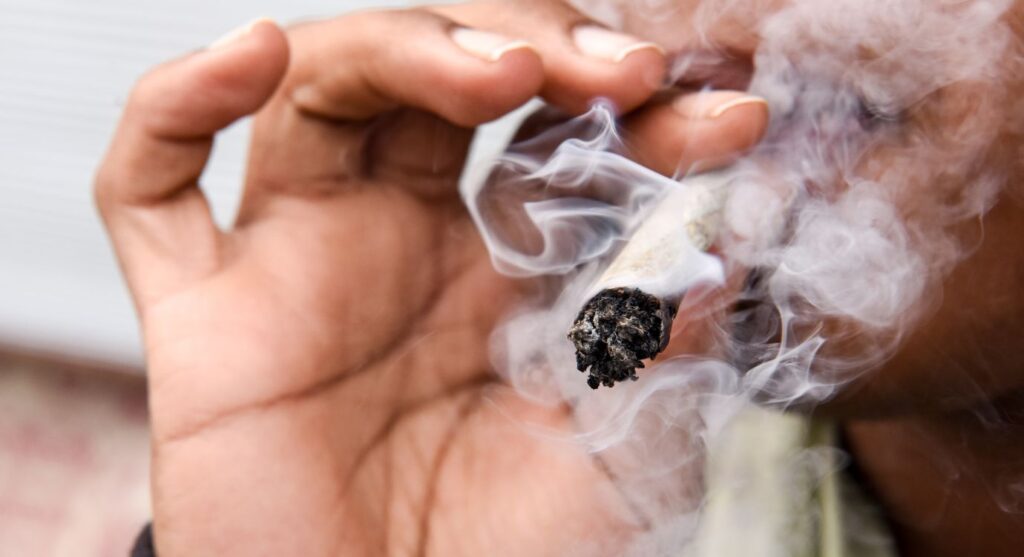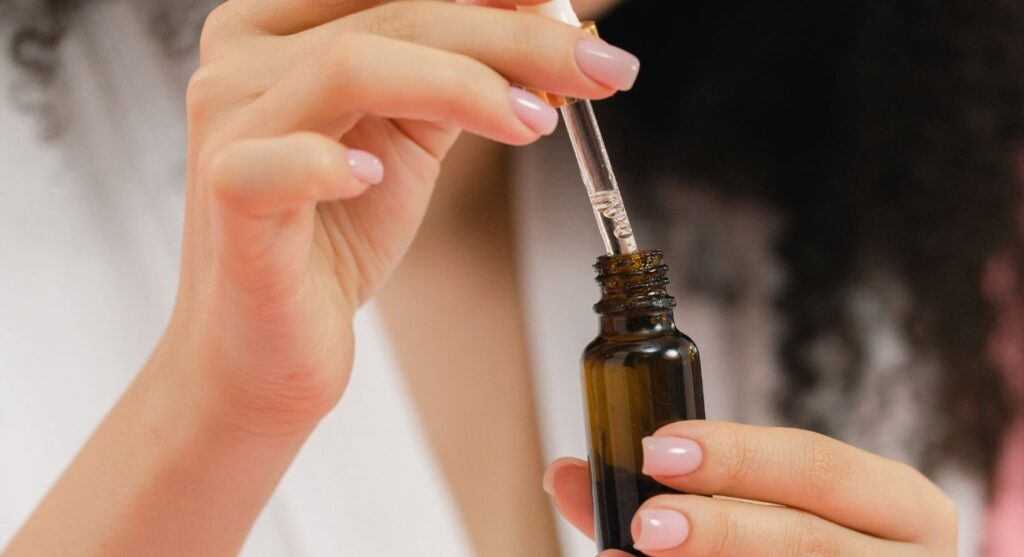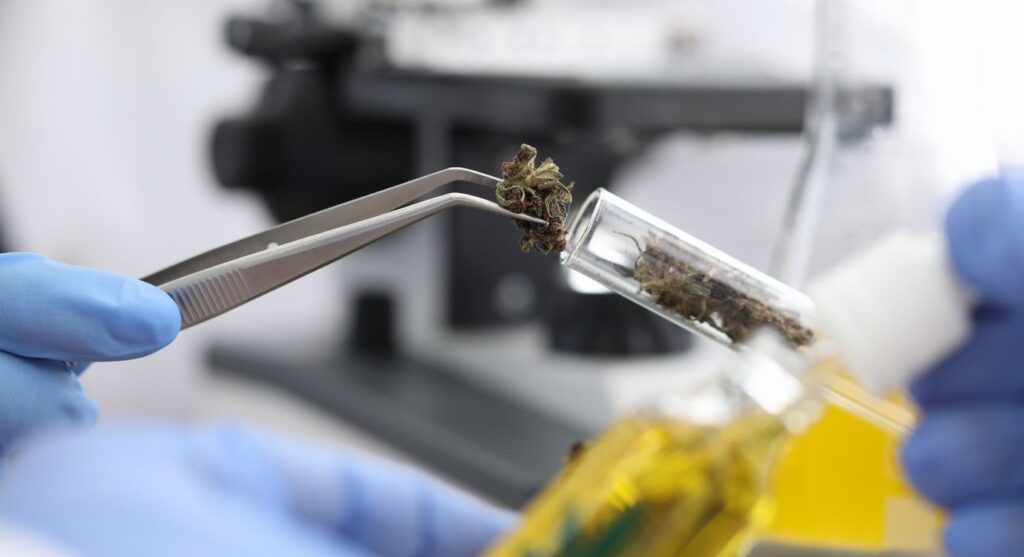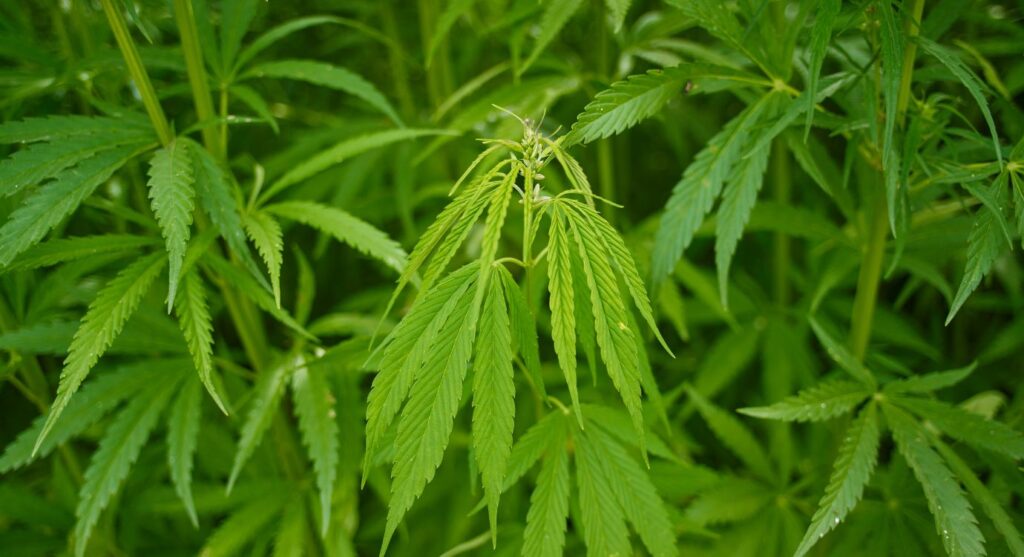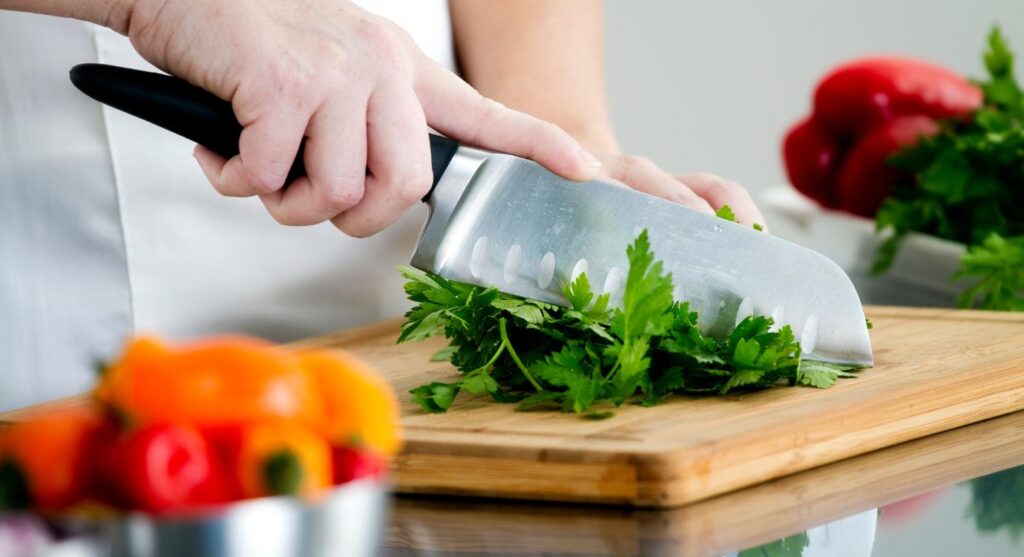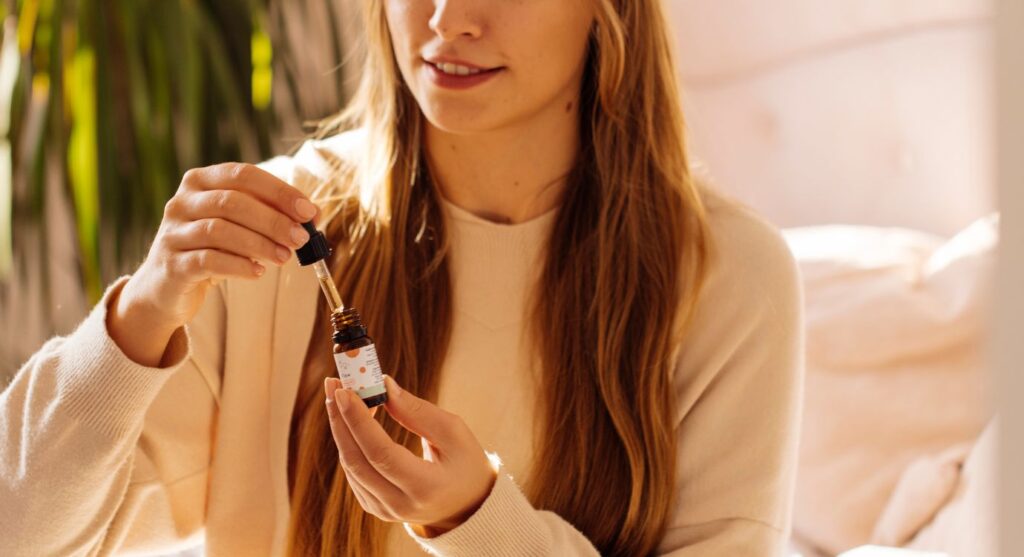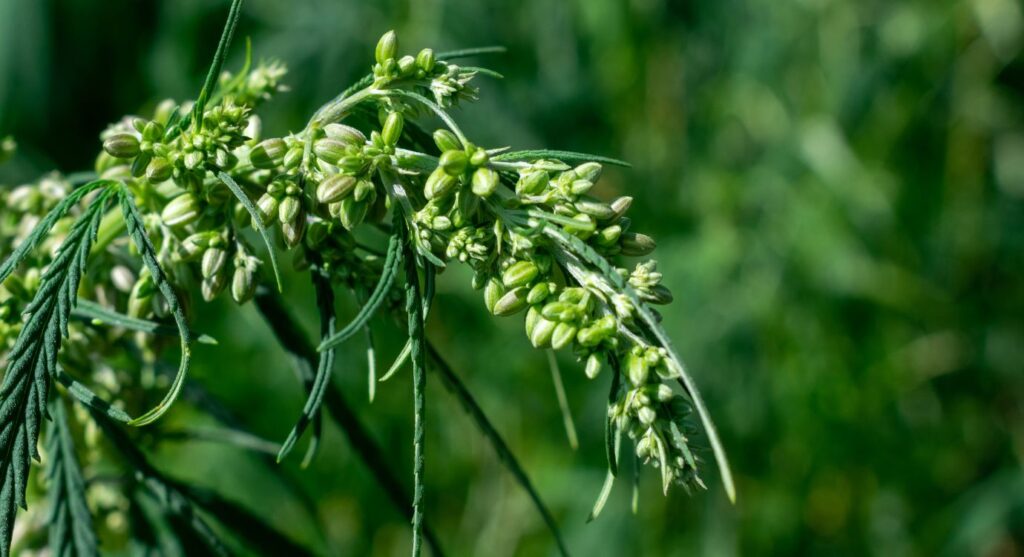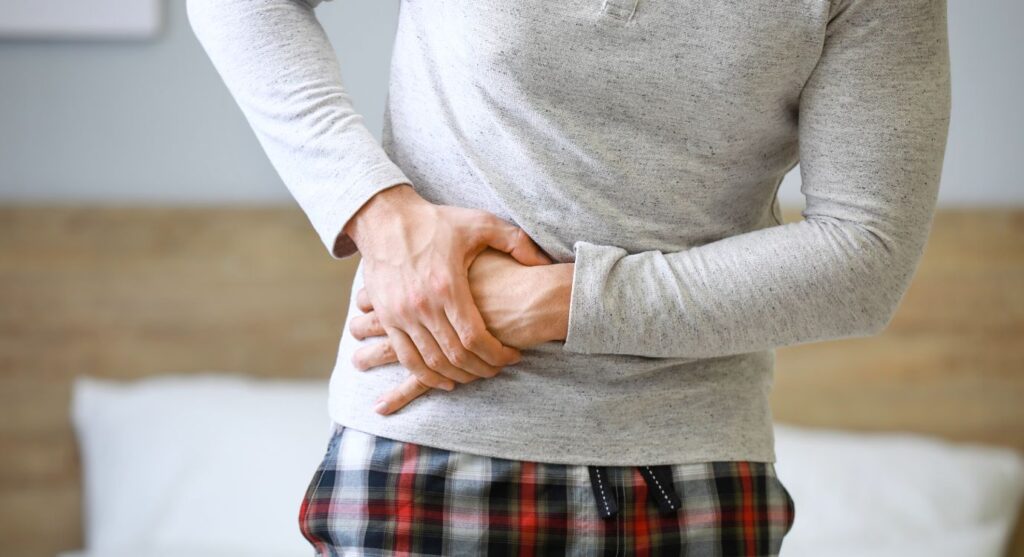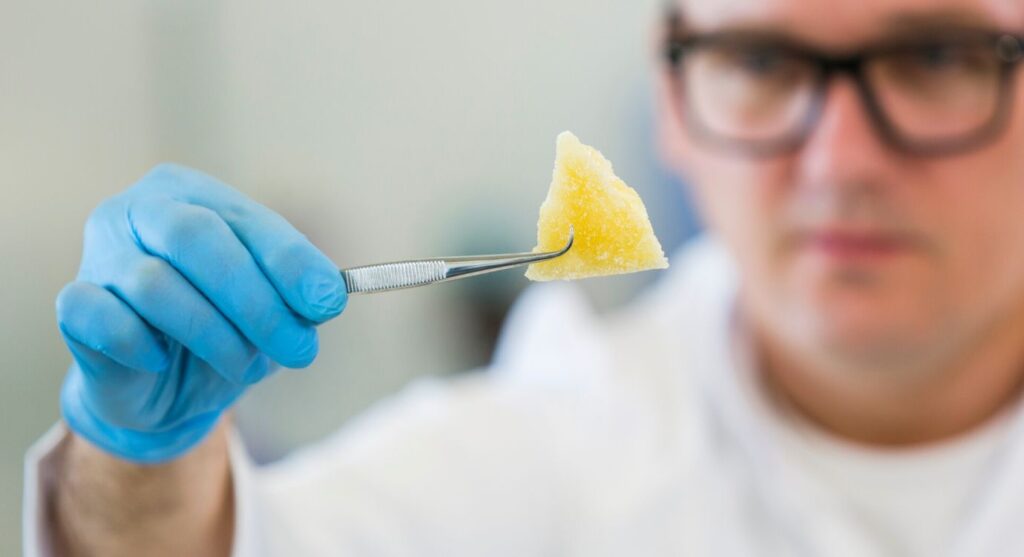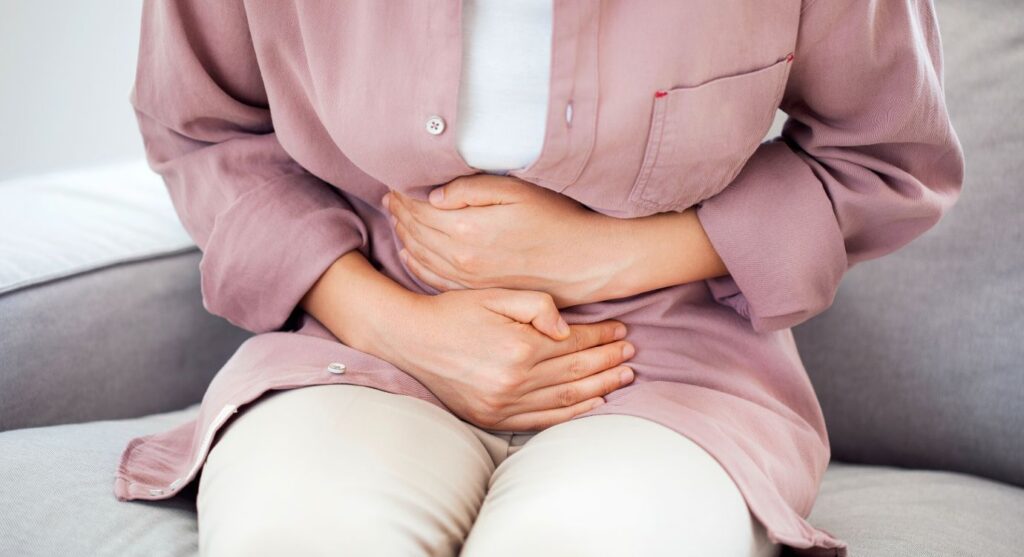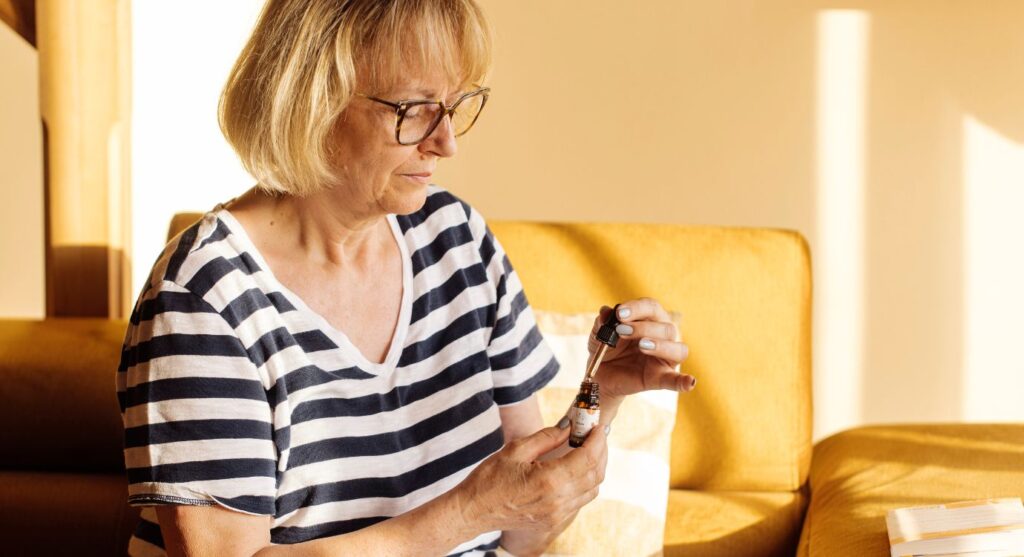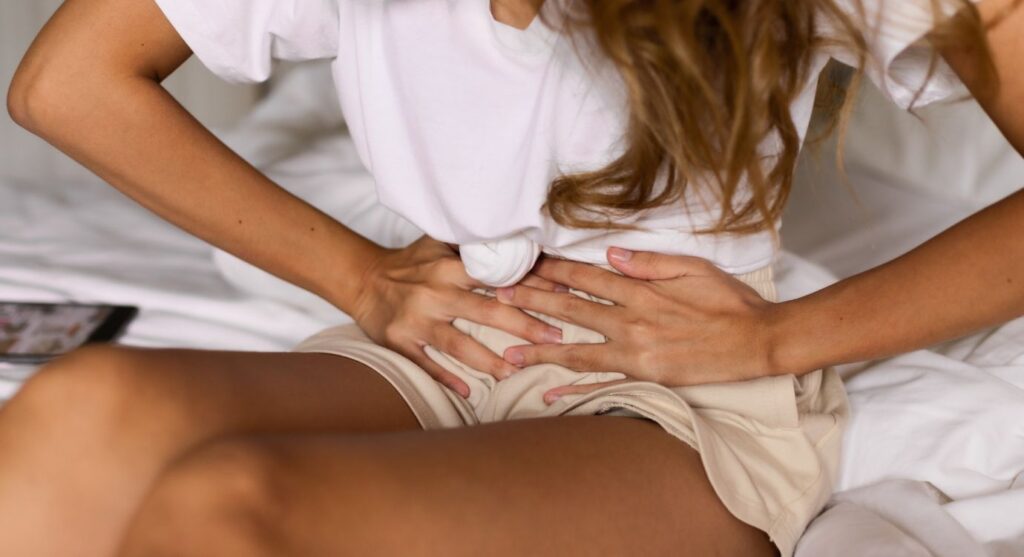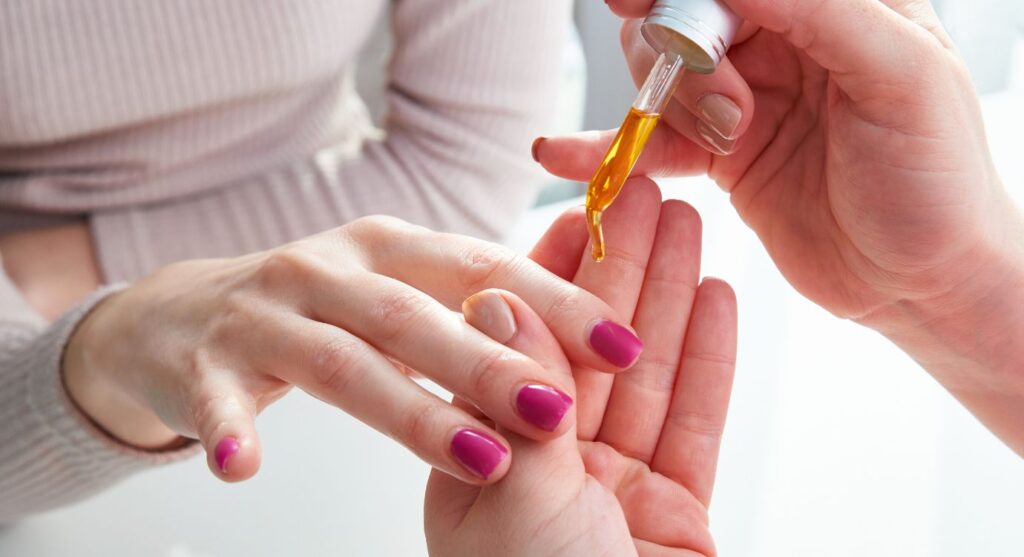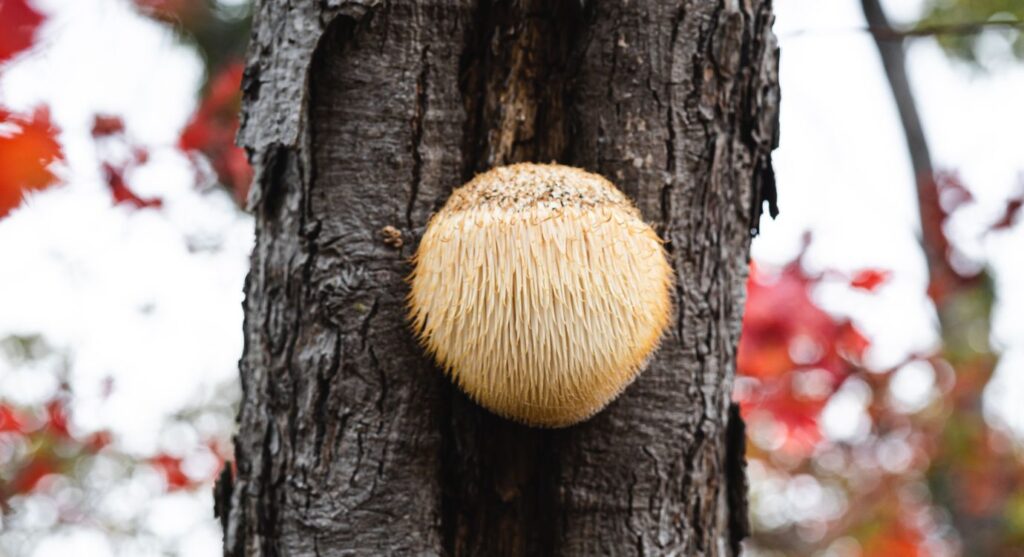Just as the research around CBD oil continues, researchers are continuing to study the recommended dosages and optimal consumption of CBD.
When considering the ideal dosage of CBD, one important factor comes into play: CBD bioavailability.
This may sound like an obscure technical term, but understanding bioavailability is crucial for understanding how CBD behaves in the human body, and therefore how much CBD you should take.
In this article we’ll cover:
- How is CBD best absorbed?
- How can I make my CBD more bioavailable?
- How much CBD is absorbed sublingually?
We’ve talked before about the unfortunate prevalence of CBD scams and misinformation – which is why it is critical that consumers educate themselves about CBD oil so they can make informed decisions before purchasing.
This way, you can buy quality CBD products that will deliver the benefits and advantages you expect.
Let’s dive in.
In this guide:
What is CBD bioavailability?
Bioavailability is a term that refers not only to CBD, but a range of compounds. An official definition in Science Direct states:
“Bioavailability is the potential for uptake of a substance by a living organism. It is usually expressed as the fraction that can be taken up by the organism in relation to the total amount of the substance available.”
Experts recommend you take the right dosage of any substance in order to get the best results.
So, how do you determine the best dosage?
The bioavailability of a compound or product is helpful for determining the total percentage of the substance that is absorbed into the human bloodstream.
In other words, bioavailability is the rate at which a compound reaches the bloodstream and is absorbed into the body.
Before you take a medicine, other health product or supplement, you need to know its bioavailability to determine the right dose.
This also gives you an idea of how you should take the product for optimal results.
When it comes to CBD, bioavailability is greatly influenced by the method of consumption. You may already know that CBD can be taken in a variety of forms, including oils, vapour, creams, and edibles.
The bioavailability of CBD can differ depending on how you choose to consume it.
If you’re short on time, we’ve put together this handy video to explain everything in this article quickly:
What is CBD half life?
Half life is the term used to say how long a compound takes to get to half of it’s original amount or half of it’s original effectiveness.
If we know the half-life of CBD, we can determine how long CBD oil will stay in your system.
Scientists will often do this with a blood test and measuring the amount of CBD in plasma at regular intervals.
According to one study, the half life of Cannabidiol when taken orally is around 1-2 days.
Read more: How long does CBD oil stay in your system?
How much CBD oil should I take?
The perfect CBD dosage for you depends on a number of factors. These can include your body weight and CBD tolerance level, for example.
Everyone has a different metabolism, and your doctor might recommend a certain dosage if you have a medical condition.
In general terms, it is recommended to start with a very small dosage which you first take CBD, and from there continue to increase the dosage over time.
Most health experts recommend that beginners should start with one drop of CBD oil, which in a broad spectrum CBD oil should contain around 5mg of CBD, and increase the dosage as their bodies get used to the cannabinoid.
However, understanding the different types of CBD and bioavailability will help you to determine the correct dosage.
Read more: CBD dosage guide
10% off on your first order
Complete this one-minute quiz and find the right products for you.
How is CBD best absorbed?
We’ve already discussed that the bioavailability of any compound relates to how quickly it is absorbed and used by the body.
Unsurprisingly, how you take any compound will affect its bioavailability – think about the difference between eating or smoking certain substances, or ingesting versus injecting others.
So does CBD bioavailability vary between the different methods of taking CBD, such as sublingually, orally, or through inhalation?
Let’s take a look.
CBD oral bioavailability
When we talk about oral CBD bioavailability, we are referring to the oral consumption of CBD through edibles.
Edibles such as foods containing cannabinoids, CBD tea, CBD coffee, CBD smoothies or CBD butter are highly popular ways to take CBD.
Read more: Cooking with CBD oil
However, oral consumption is arguably the least effective way to get CBD into your bloodstream because edibles have the lowest bioavailability.
Although being a very convenient way to take CBD, you can’t expect the same results from oral CBD consumption with the same dosage, as compared to other forms of CBD.
Typically, you can expect around 10% to 20% CBD bioavailability through oral consumption, although in some cases, it is as low as 6%.
You might be wondering why oral CBD has the lowest bioavailability. This is because cannabinoids, like any other supplement that you consume orally, do not enter your bloodstream directly.
Rather, they have to go through your digestive system first and this process can take up to two hours before the CBD reaches the bloodstream.
Even then, most of the cannabinoids enter your digestive tract with only a small percentage of the CBD getting absorbed by your bloodstream.
In other words, you lose a large amount of CBD to your liver and digestive tract by taking it orally. Additionally, the digestion process delays the absorption of the CBD by your body.
This means you will have to wait longer to see the results.
Read more: How long does CBD take to work?
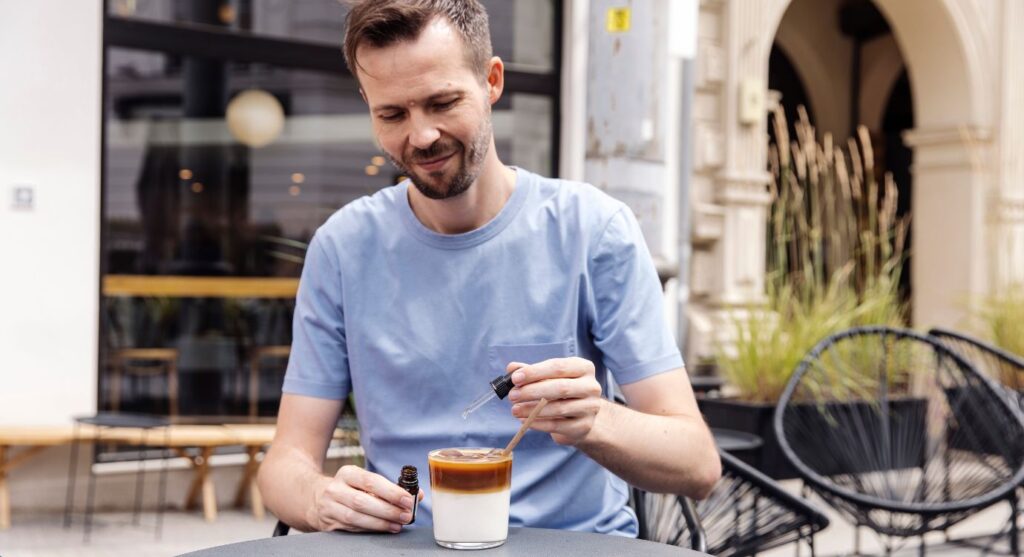

Sublingual CBD bioavailability
Since edibles do not have the best bioavailability, many people prefer to use CBD oil or spray to get CBD into their bloodstream. CBD drops or sprays are most effective if you hold the product beneath your tongue.
Research suggests that CBD has a bioavailability of between 1 and 19% when absorbed through drops and spray, though it can be as high as 35%.
This is because when you place the drop of CBD oil under your tongue, the CBD can enter your bloodstream via the sublingual gland.
Sublingual CBD consumption is fast and convenient, and it starts being used by the body between 20 and 30 minutes after consumption.
It is important to hold the drop properly beneath your tongue to get the best results: you have to hold it for around 30 to 50 seconds, or at least 40 seconds, for optimal effects.
Remember that you don’t have to swallow the oil quickly.
Placing the drop inappropriately or swallowing the CBD before it enters the sublingual gland will make this method similar to oral consumption, which involves lower CBD bioavailability than other consumption methods.
CBD inhalation bioavailability
Inhaling CBD has significantly higher bioavailability compared to most other forms of CBD, and much more than oral consumption. This is because CBD doesn’t have to pass through your digestive track before being absorbed into your bloodstream.
Not only does this reduce the absorption time, but inhalation allows a good proportion of the cannabinoids to enter your bloodstream.
When you inhale CBD through vaping, it enters your bloodstream through your lungs.
With each breath, you inhale a significant amount of CBD.
It is absorbed through the thin membranes of the alveoli in your lungs almost instantly and can enter your bloodstream more rapidly compared to other methods.
Through inhalation, the absorption rate of CBD is around 30% and it can be used by the body within 5 or 10 minutes.
There is some evidence that CBD inhalation bioavailability can be up to 56%.
Read more: Can you vape CBD oil?
Topical CBD bioavailability
In all the methods listed above, we have seen that the most common way to get CBD into your bloodstream is via your mouth, be it edibles, CBD oil or inhalation.
However, there is an alternative method if you don’t want to inhale CBD or take it orally: you can apply CBD topically to the skin, through a cream, lotion, serum lip balms, salves and patches.
In topical bioavailability, the CBD enters your bloodstream through the skin.
This is distinct from oral forms of CBD, where the compound passes through your lungs, sublingual glands, or digestive system.
This kind of transdermal application has a high level of bioavailability.
In this application, the cannabinoid passes through to the endocannabinoid system in your body.
Just like the sublingual method, users need to pay special attention to the application method in order to achieve the best results.
You might think it would be easy for CBD to pass into your system through your skin’s pores.
Read more: CBD oil for skin
However, contrary to what you may believe, our skin isn’t actually that porous. So, in order to get CBD into the bloodstream through, you are going to need to apply some pressure by rubbing the topical application into the skin.
Although this area requires further research, it is believed that topical application of CBD has very low bioavailability, around 3%.
Some companies have launched innovative CBD products to overcome the low bioavailability of topical CBD, such as CBD patches that allow the compound to permeate through your skin and reach the bloodstream more quickly.
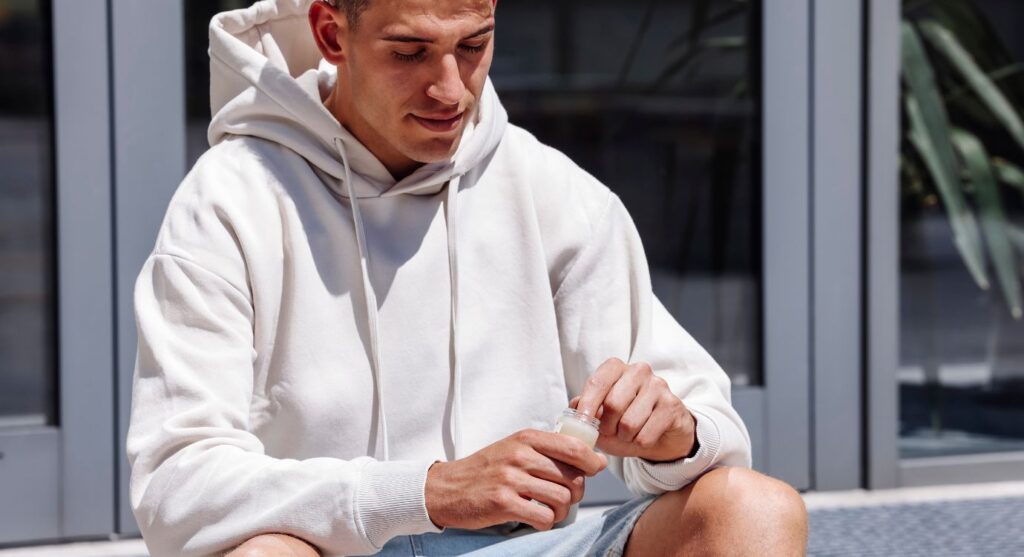

Intravenous CBD bioavailability
Although uncommon, the intravenous method offers the highest degree of CBD bioavailability. In fact, the absorption rate of CBD and other cannabinoids is almost 100% when injected into the bloodstream.
Intravenous methods involve injecting CBD into the bloodstream.
Although it has a high degree of bioavailability, intravenous absorption isn’t necessarily the most effective method, as it can lead to a sudden drop in your blood level.
Additionally, this method has a shorter half-live as compared to the sublingual and inhaling methods.
Furthermore, this is a complex procedure which should only be done by a doctor, a nurse or a health professional.
How to increase CBD bioavailability
CBD is delivered to your tissues and internal organs through the bloodstream, which means that to be effective, a reasonable percentage of CBD has to first get into your bloodstream.
How much CBD enters the targeted organs depends on your metabolism.
Additionally, the delivery method (the way you consume the CBD) also impacts its bioavailability. Let’s take a look at some easy and effective ways to boost CBD bioavailability.
1. Use the right form of consumption
As mentioned above, the bioavailability of any compound depends largely on the method of consumption. With CBD, as with many other substances, the intravenous method has the highest bioavailability.
However, this method of application is neither convenient nor without its drawbacks.
CBD through inhalers has the highest bioavailability in terms of the oral methods of consumption, with sublingual consumption also being a good option.
Edibles are also a popular and convenient way to consume CBD, even though this has the lowest bioavailability with only 10 to 20 percent (or sometimes less) of the CBD getting absorbed into your bloodstream.
Keep in mind if you use sublingual methods, such as CBD oil, you need to place the drop or spray underneath the tongue for 30 to 60 seconds to achieve the optimal results. Be careful not to swallow the CBD before it is absorbed by the sublingual gland.
2. Use a high-fat snack
As cannabis is a fat-soluble compound, it disperses in fats quite easily.
This means when you take CBD with food, there is a good chance the fatty oils will break the cannabis down into smaller particles that can be absorbed by your body more easily. Due to CBD’s fat-soluble properties, it is often used with high-fat snacks.
Never consume CBD on an empty stomach.
You should rather combine it with the snacks rich in fatty oils, such as peanut butter, avocado, and almond butter, and you can also take it with nuts. This especially works if you are taking CBD in the edible form.
Read more: CBD brownies
So, if you plan on eating cannabis gummies, supplements, and pills, then you should consider taking it with high-fat snacks. This dissolves cannabinoids in your body and simplifies the absorption process.
That’s one of the reasons why many companies supply CBD capsules and pills that come dissolved in fatty oils for better and smoother absorption.
The most effective fatty oil to pair CBD with is MCT oil due to the highly soluble effect it has when ingesting alongside CBD.
3. Emulsification
Emulsification refers to the process of breaking down food into extremely small particles. This makes it easier for the digestive enzymes to absorb the nutrients from the food.
Some brands sell innovative products such as water-soluble CBD that emulsify CBD with the help of nanotechnology.
Emulsification speeds up the digestion and circulation process. You can emulsify the water or oil-based CBD only.
As the CBD breaks down into smaller molecules, it gets easily dissolved in the fatty oils. This maximizes the absorption of the cannabinoid.
The smaller molecules can then pass into your bloodstream and circulate to the other organs faster than large particles.
The smaller the molecules are, the more easily they will be absorbed into your bloodstream. Emulsification can maximize the bioavailability of cannabis, though the researchers have not found the exact percentage of emulsified CBD bioavailability.
Basically, it depends on the size of the CBD molecules.
4. Supplemental terpenes
Terpenes come packed with many essential oils that offer multiple health benefits. They are also used for producing fragrances and flavours.
It is extensively used for adding a flavour to the gummies, candies, and drinks.
Terpenes are found in the hemp plant, as well as other plants and most manufacturers extract CBD with terpenes. Terpenes maximize the benefits of CBD products.
If used together, CBD and terpenes can produce the best results.
Read more: What are terpenes?
This is known as the entourage effect, in which two or more compounds are most likely to produce better results when they are used together, because one compound can strengthen the effects of another compound.
Not only do terpenes amplify the benefits of cannabis, but they also increase CBD bioavailability.
Some of the terpenes that can be useful with CBD bioavailability are:
- Alpha-Pinene – Juniper, black pepper, eucalyptus, and sage.
- Limonene – grapefruit, lemongrass, citrus fruits, and lemons
- Menthol – Peppermint, eucalyptus, and spearmint.
- Myrcene – hops, lemongrass, and mangos
- Linalool – found in cinnamon, coriander, and lavender
- Beta-Caryophyllene (BCP) – lavender, rosemary, black pepper
These terpenes are known for increasing the bioavailability of CBD by working as the fatty oils. They dissolve the CBD and speed up their digestion and absorption.
Just like CBD, you can take terpenes in many forms, edible and vape forms.
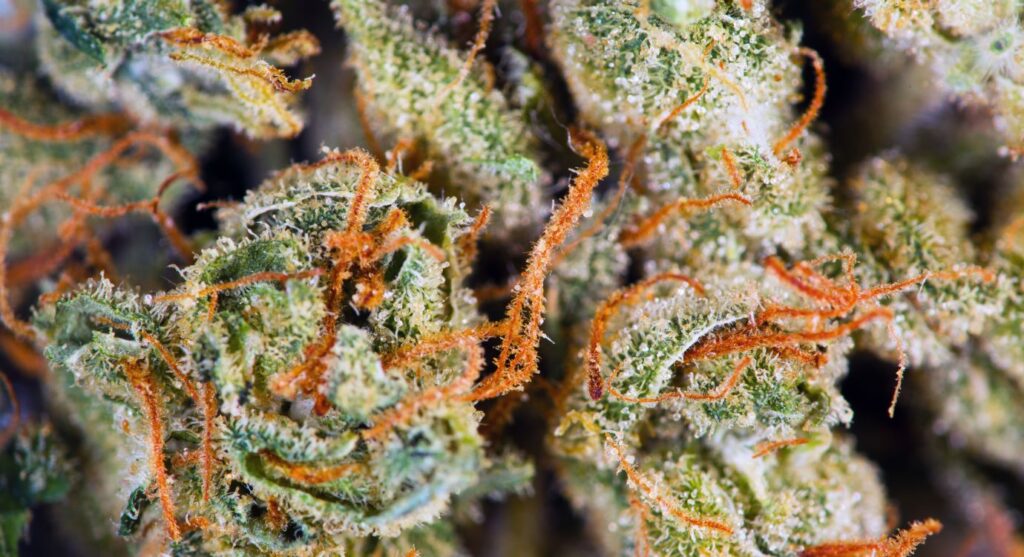

5. Supplemental herbs
It will never hurt to take CBD with a balanced diet. In fact, it is believed that some supplemental herbs can increase CBD bioavailability.
One of the best herbs for boosting CBD bioavailability is black pepper.
It has many powerful ingredients and some of the terpenes that work wonders for your metabolism, thus increasing CBD bioavailability.
Piperine is another herb that has many beneficial properties, as well as boosting CBD bioavailability.
Factors contributing to CBD bioavailability
CBD absorption depends on many external and internal factors. Fortunately, you can control certain factors and maximize the effects of CBD. If you can’t control the external factors, you have an option to change the delivery route.
Let’s take a look at the common factors that affect the CBD bioavailability.
Health conditions
The state of your health can impact CBD bioavailability. For example, the liver is responsible for delivering CBD throughout your body.
This means that your liver affects the CBD bioavailability.
Surprisingly, liver impairment patients tend to have a higher concentration of CBD in their bloodstream than users with a healthy liver. The impaired liver allows a good amount of CBD to travel across your system and stay in the circulation process for a long duration.
Not only liver impairment, but other health conditions can also impact the CBD absorption rate in your body. Since your health isn’t something you can control, the best way to maximize the CBD bioavailability is by choosing the perfect delivery method.
If you are suffering from a health condition, always consult your doctor before taking any new substance, including CBD.
Read more: Is CBD oil bad for your liver?
Dosage
Dosage and absorption of CBD are closely related.
This means if you take a higher dosage, a larger amount of CBD will enter your bloodstream. Studies suggest that increasing your sublingual CBD dosage can double and triple the bioavailability of cannabis.
Again, it is important to start taking CBD in very small doses and gradually increase the dosage over time as you determine the correct dosage.
It is also important to keep in mind that there are limits of efficacy when it comes to CBD dosage.
For instance, if you increase your dosage to 400mg and above, it will not affect the absorption rate since your tissues can’t absorb compounds after becoming saturated.
Read more: How to take CBD
Fasted vs. fed
Most medicinal drugs are recommended to be taken after lunch and dinner. The reason for this is that our body tends to absorb compounds faster when we take them with food.
In fact, research suggests that the CBD bioavailability is around five times higher when taken in a fed state.
The absorption rate is also higher when you take CBD with avocado, nuts, and omega-3 fish.
The state in which you consume CBD is one of the most crucial factors: this has a direct impact on bioavailability.
Processing with heat
CBD extracts can be treated with heat to make them more effective and maximize their bioavailability. While this method can increase the percentage of CBD absorbed by your bloodstream, it makes the absorption process a little inefficient.
According to a recent study, the unheated extracts have four times higher absorption than heated extracts.
Piperine
Black pepper contains piperine, a special compound that comes packed with the absorption-boosting properties. This compound can activate the transporter molecules that enable the CBD and other drugs to enter the intestinal membrane as well as your bloodstream.
Not only does it help with absorption, but Piperine supplements can keep the digestive enzymes from slowing down the CBD circulation.
This gives CBD enough time to reach the bloodstream and travel across the target organs.
A study found that the CBD supplement containing Piperine increased the concentration of the cannabis in the bloodstream by six times.
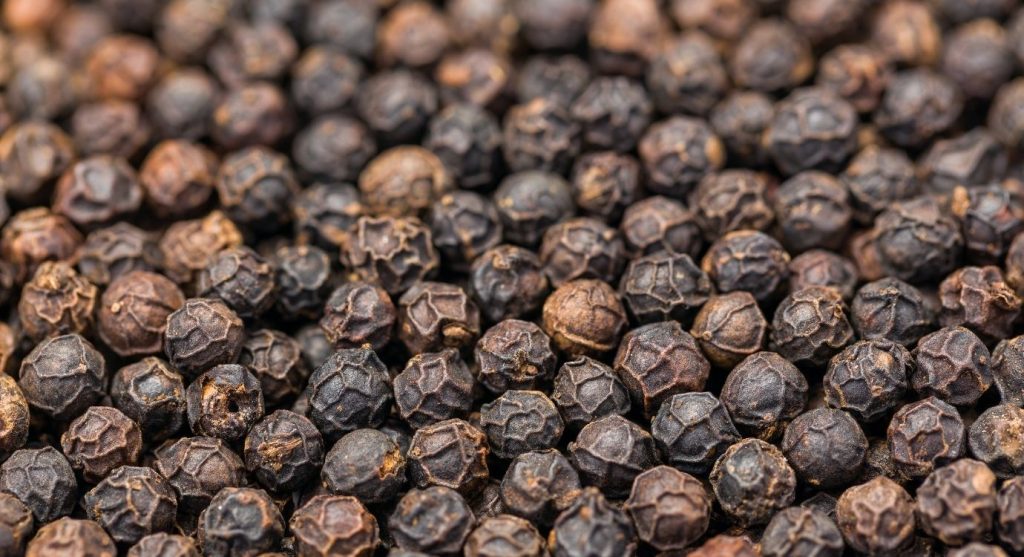

Final thoughts on CBD bioavailability
You can boost the bioavailability of CBD in many ways. While intravenous CBD has the highest bioavailability, it is not the best option unless recommended by a physician.
Other effective and more convenient methods of absorption include vaping and CBD oil when absorbed sublingually.
Besides that, everyone has a different metabolism and absorption rate.
Some will be able to see the best results from oral CBD consumption, while others may prefer consumption through sublingual or inhaling methods.

